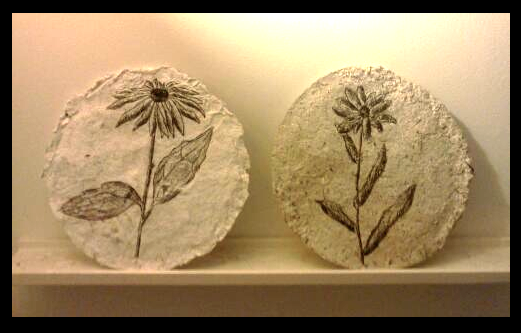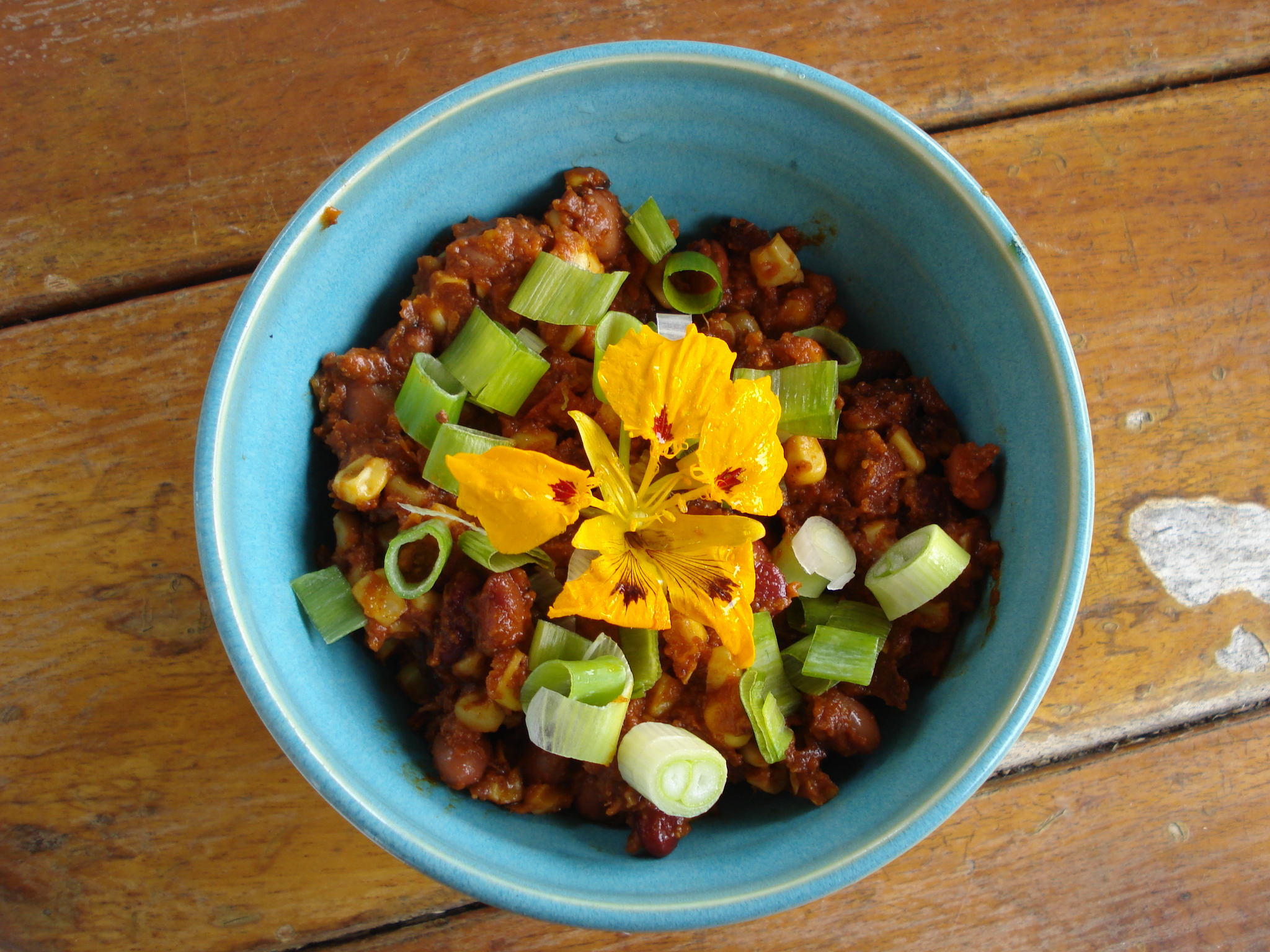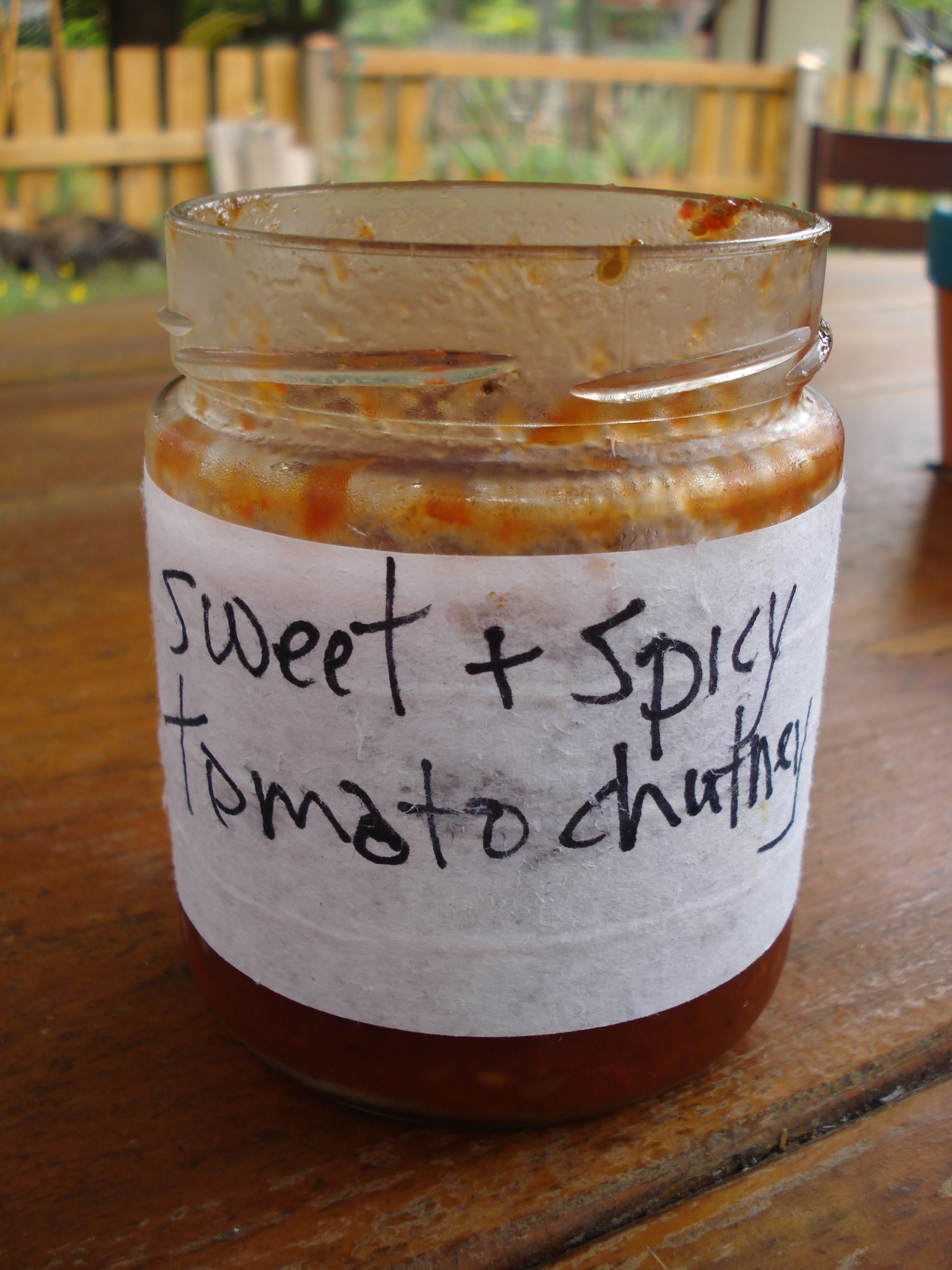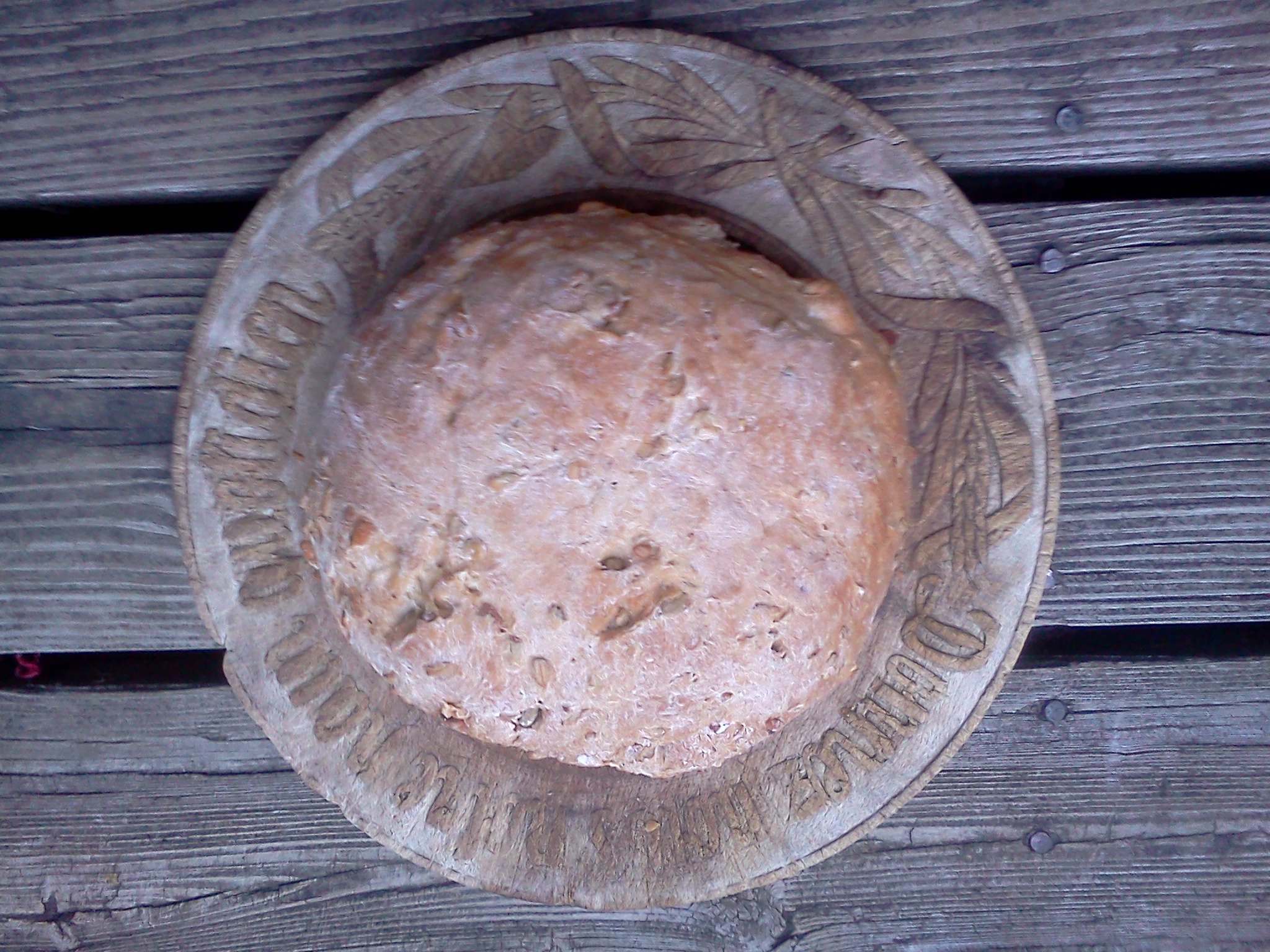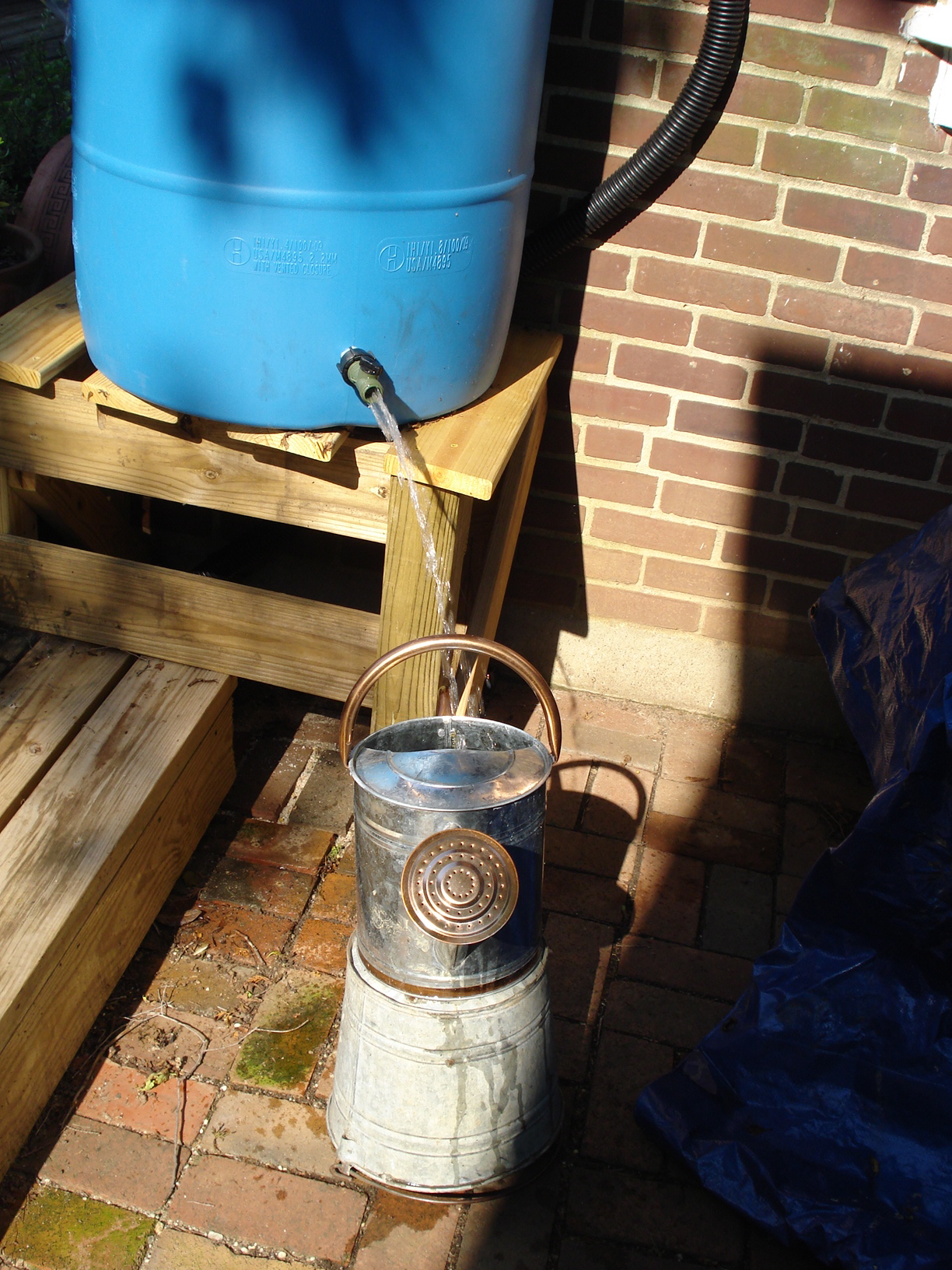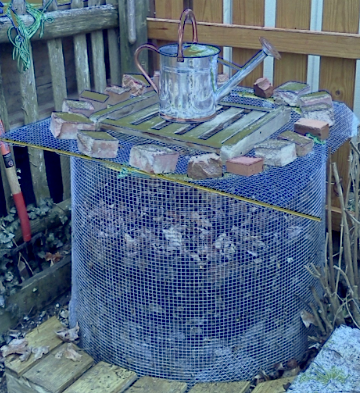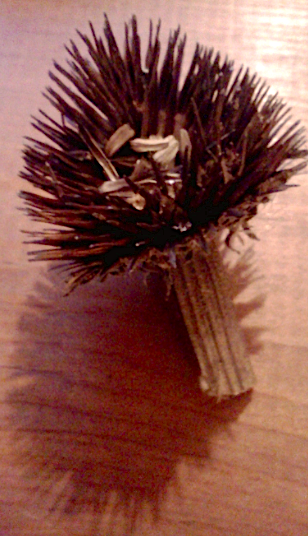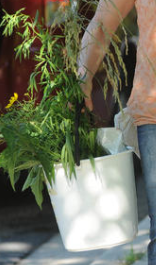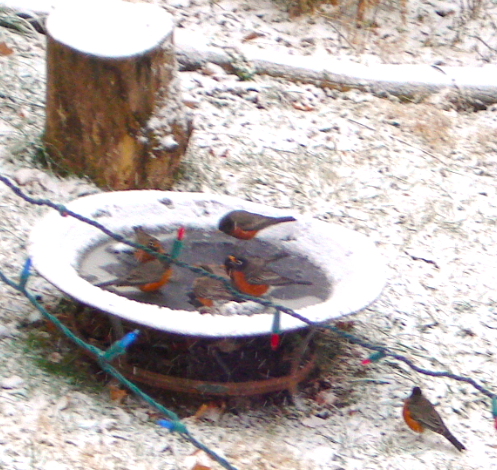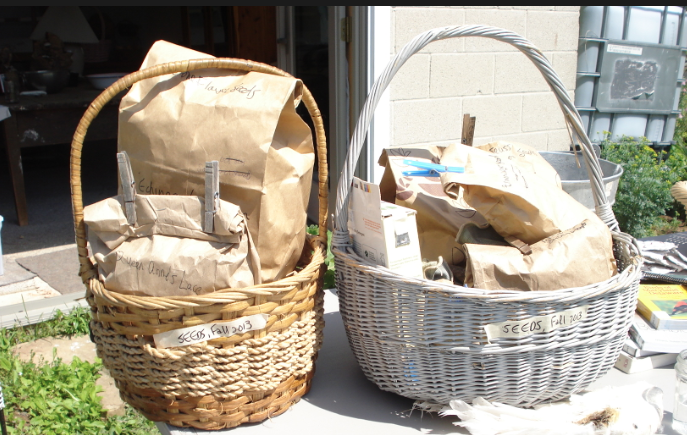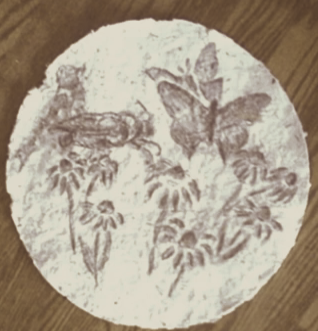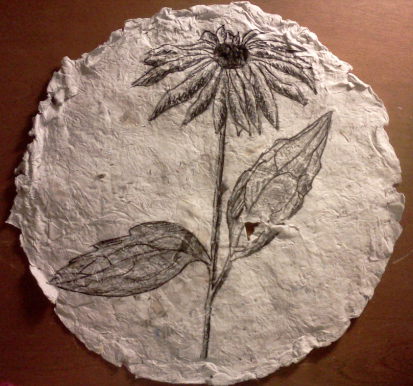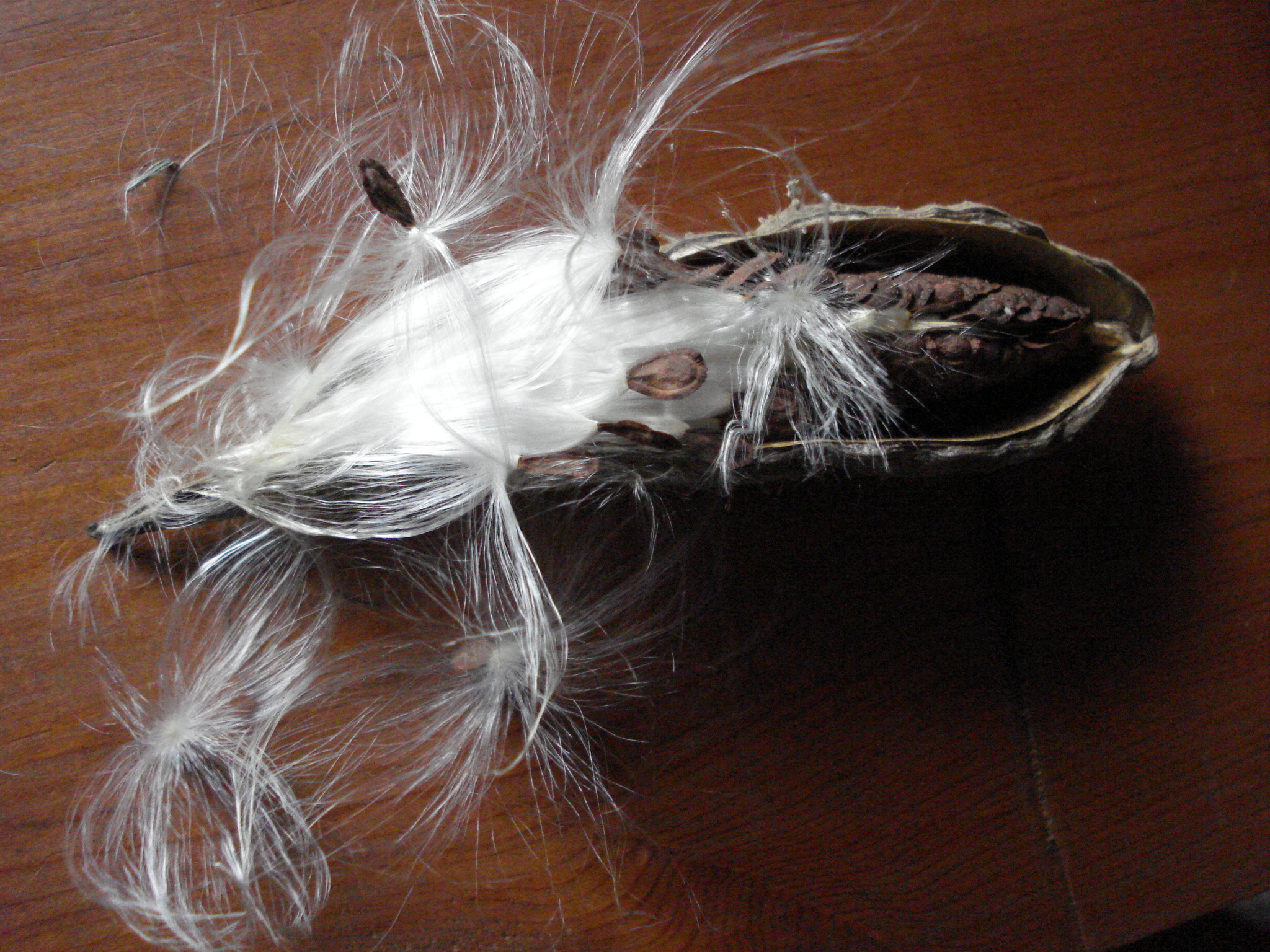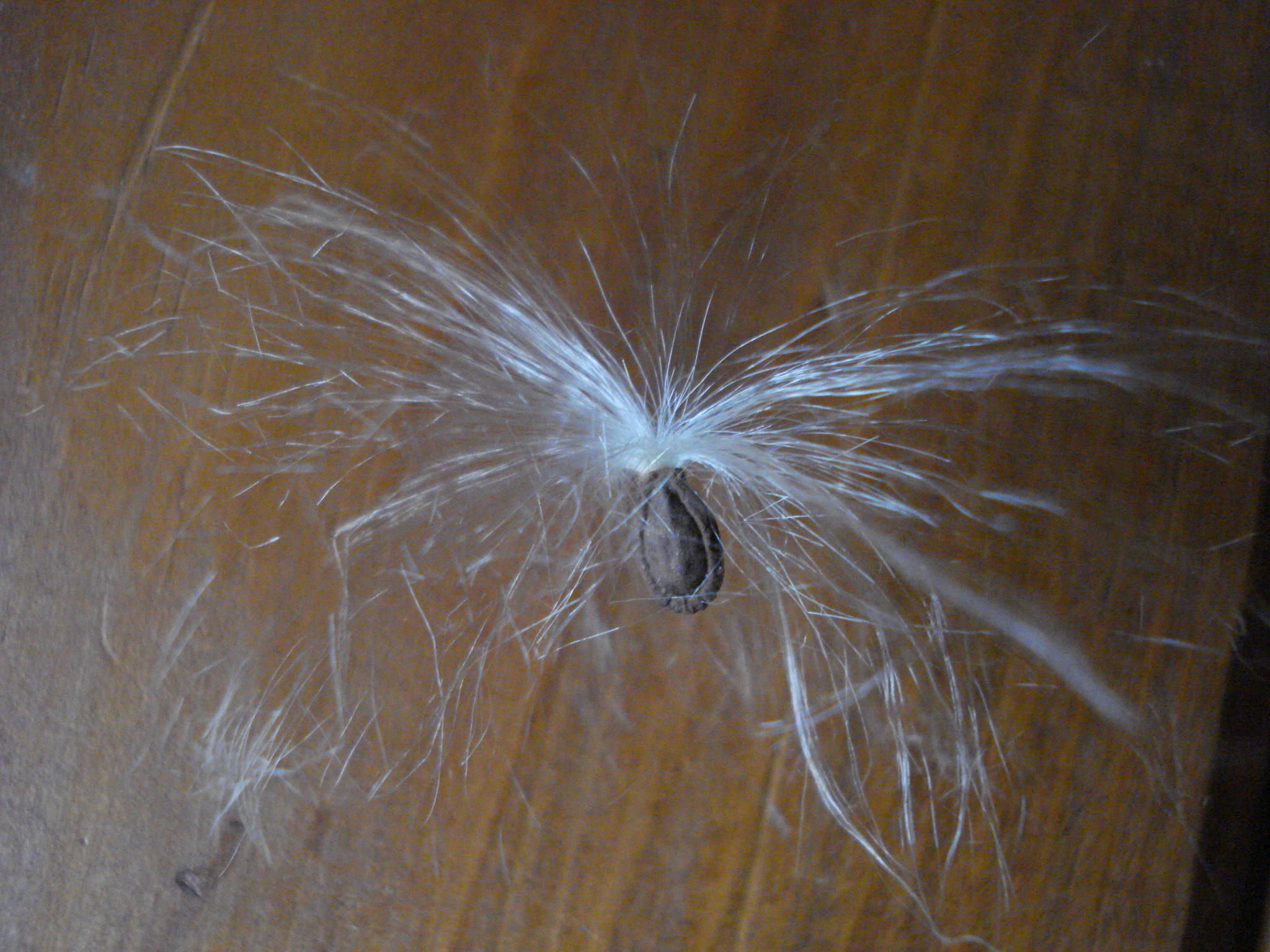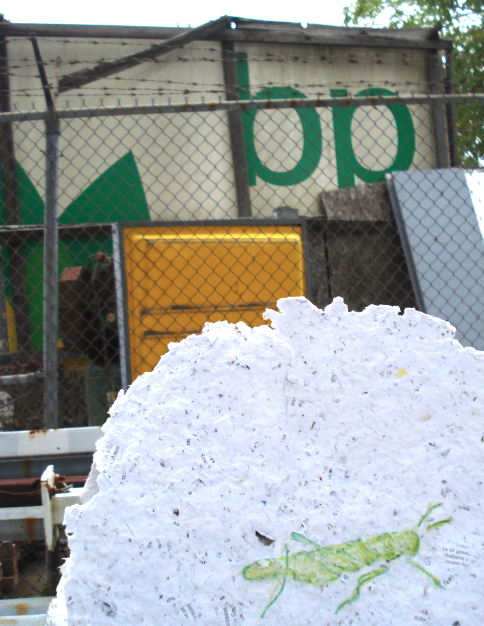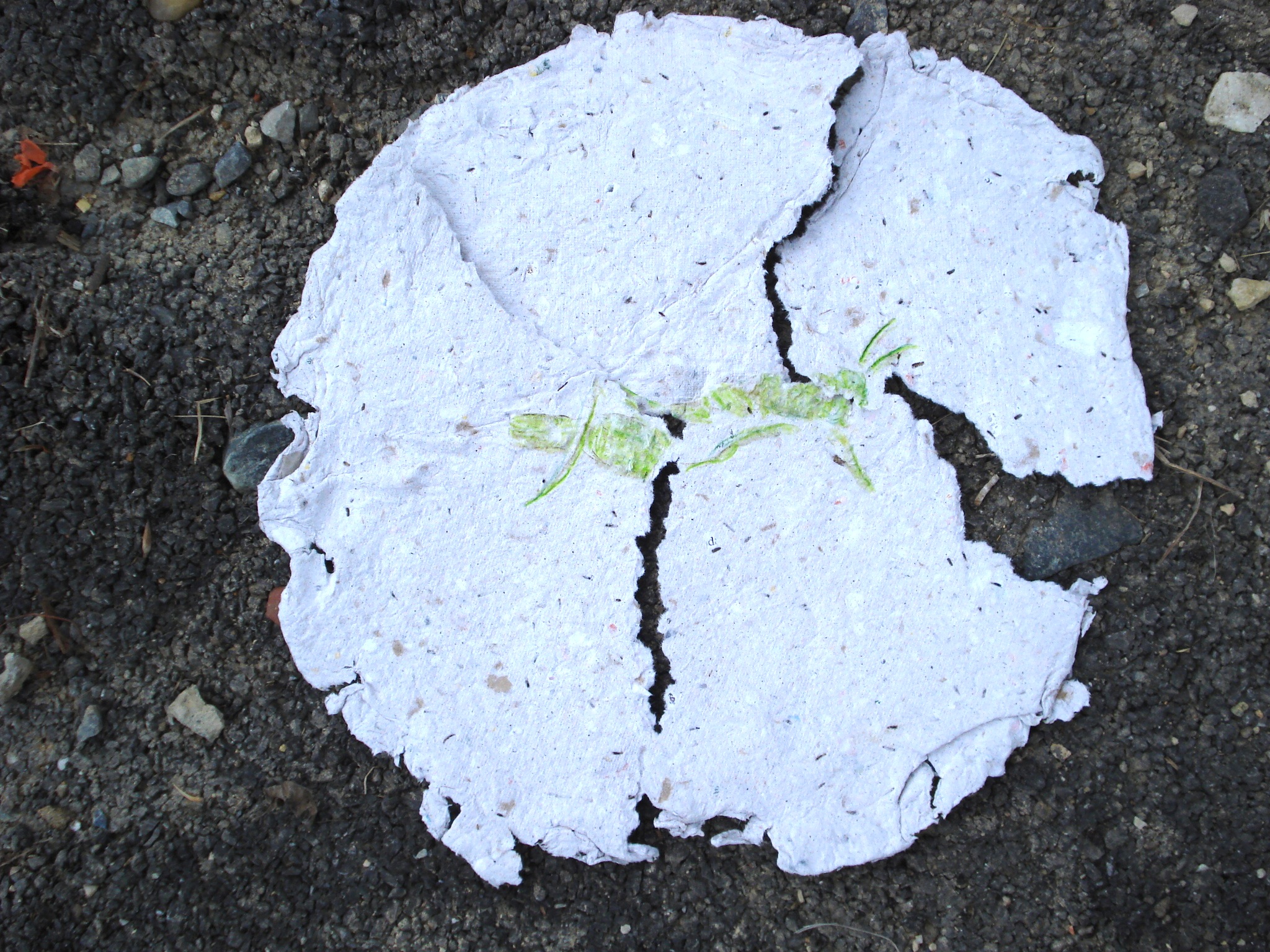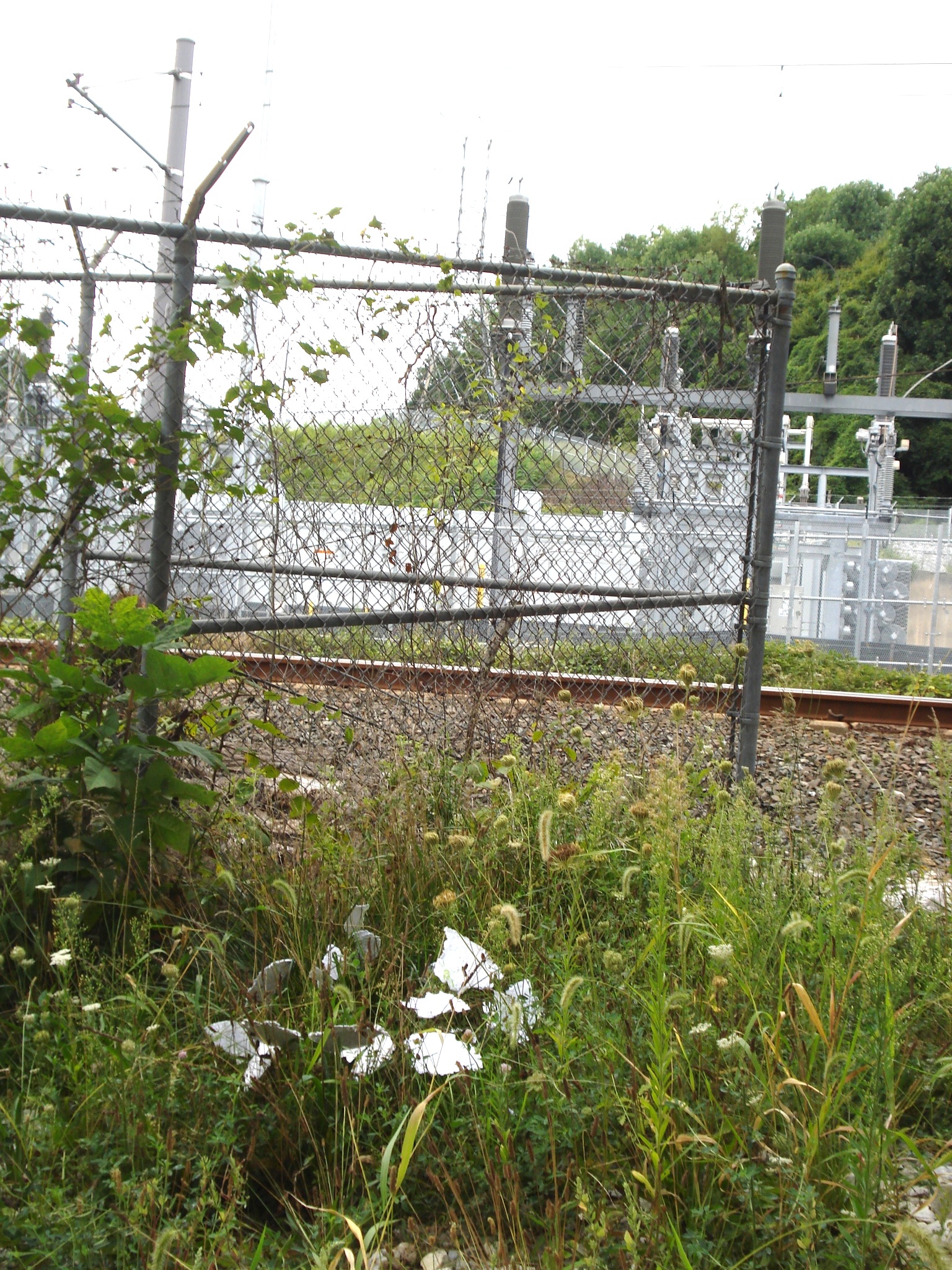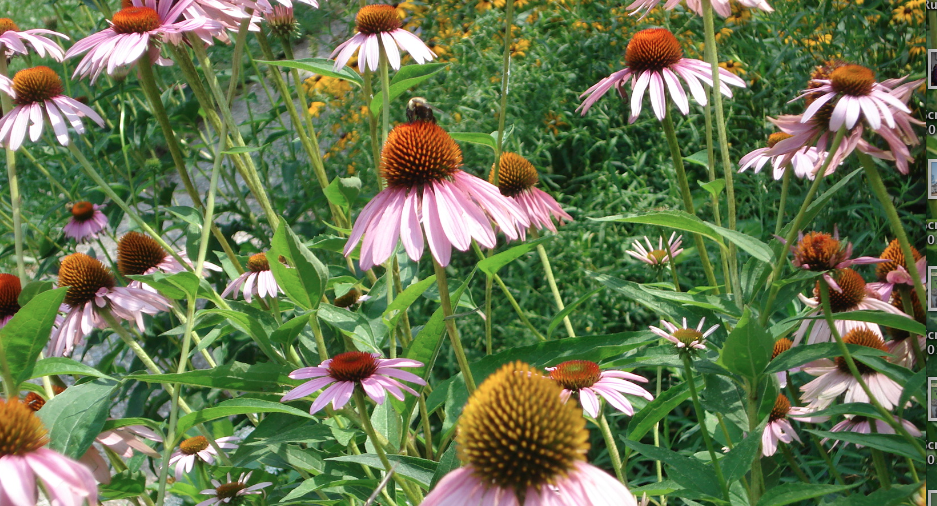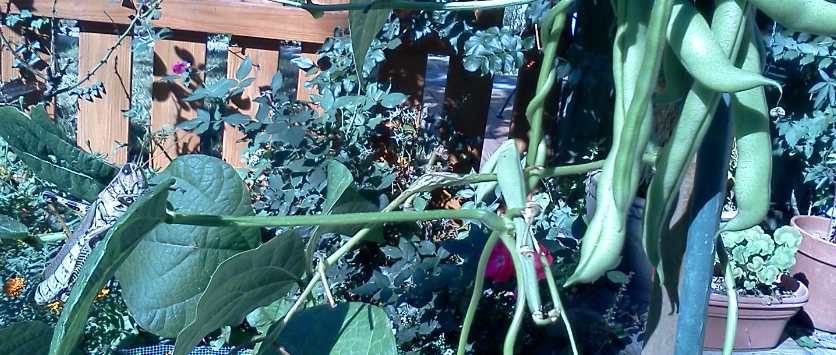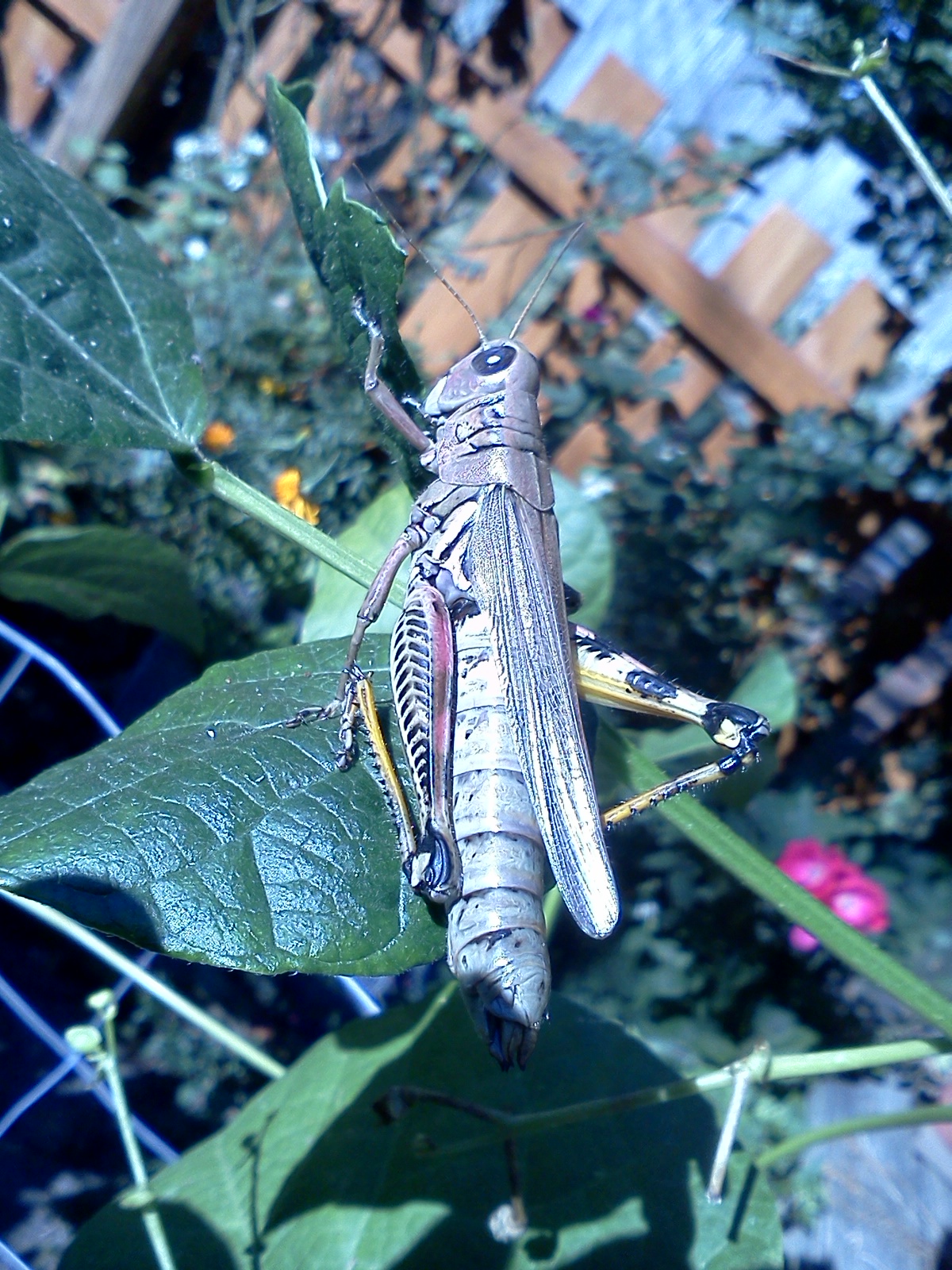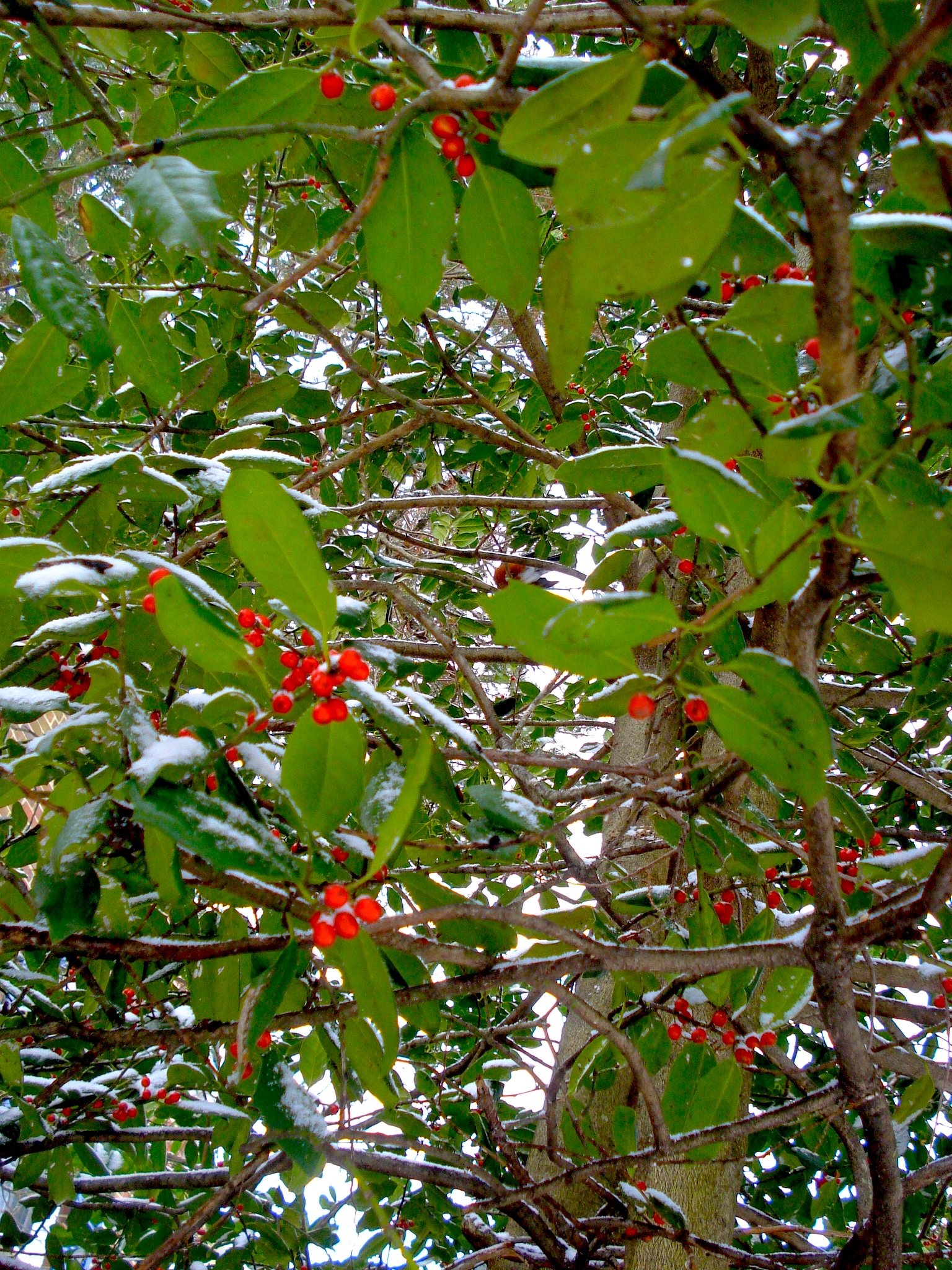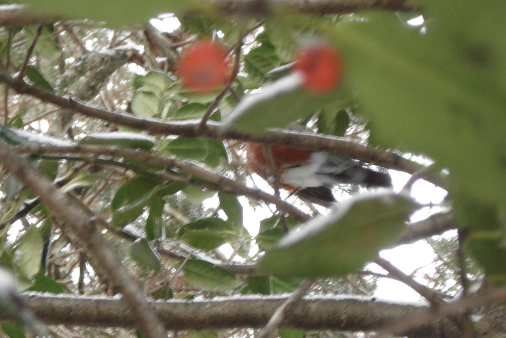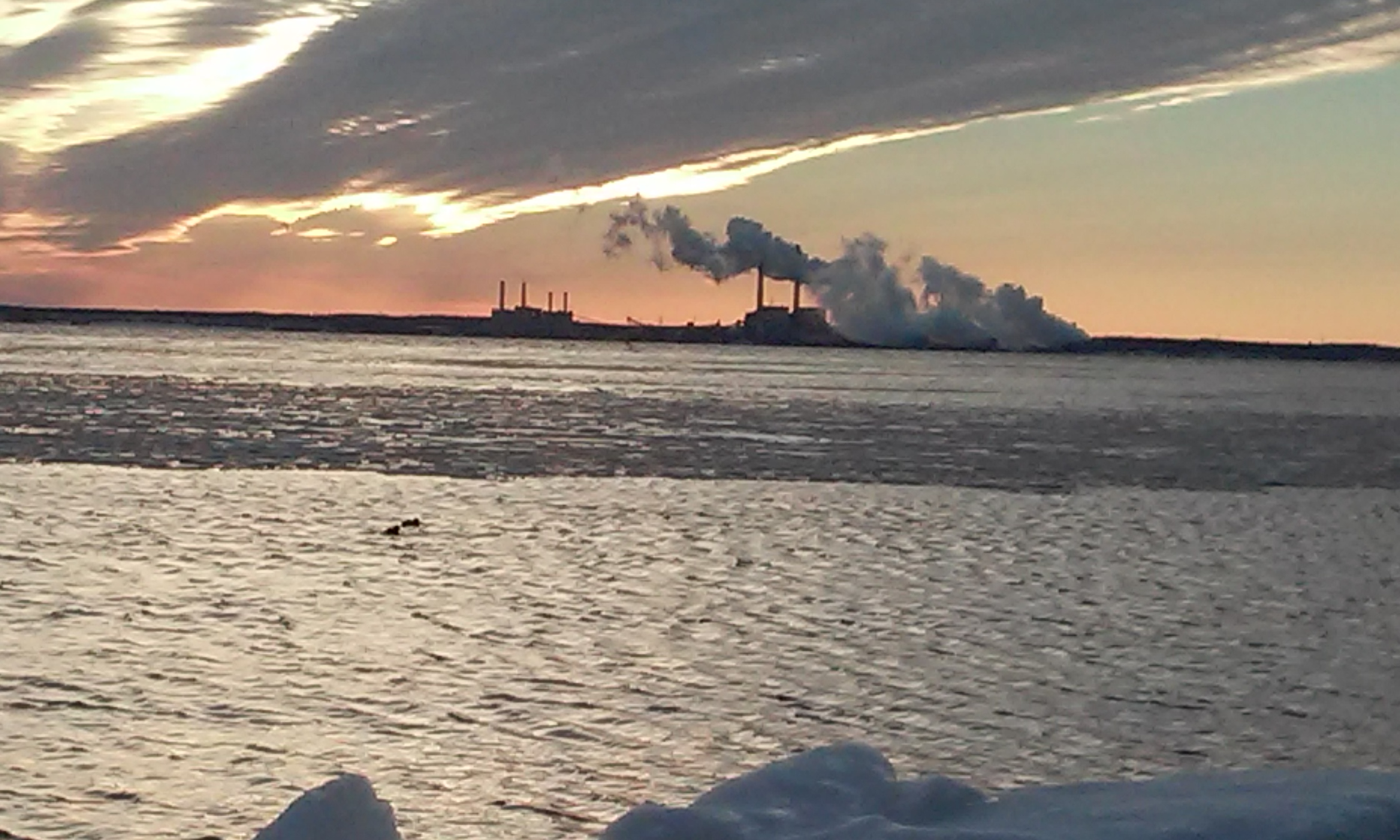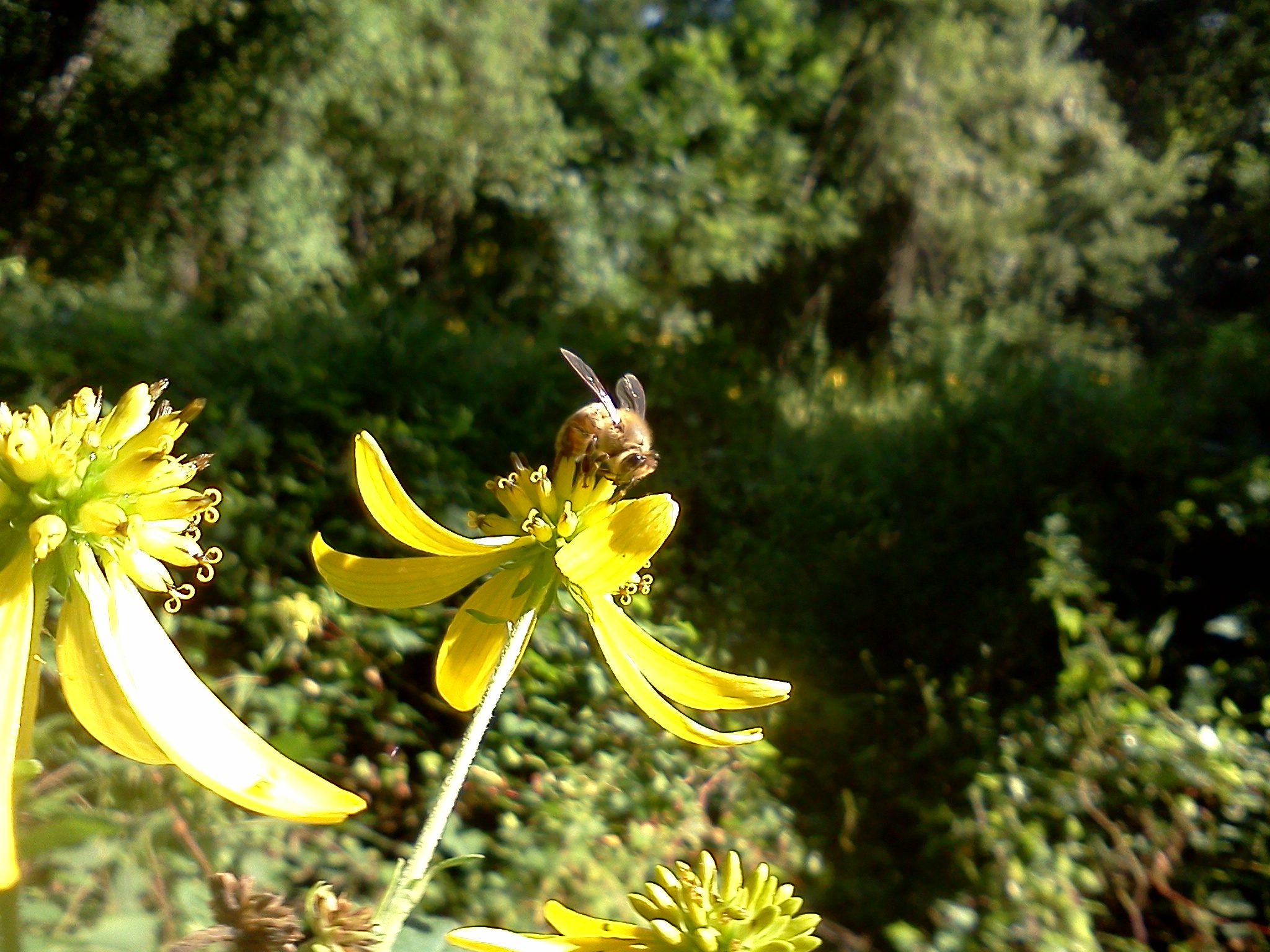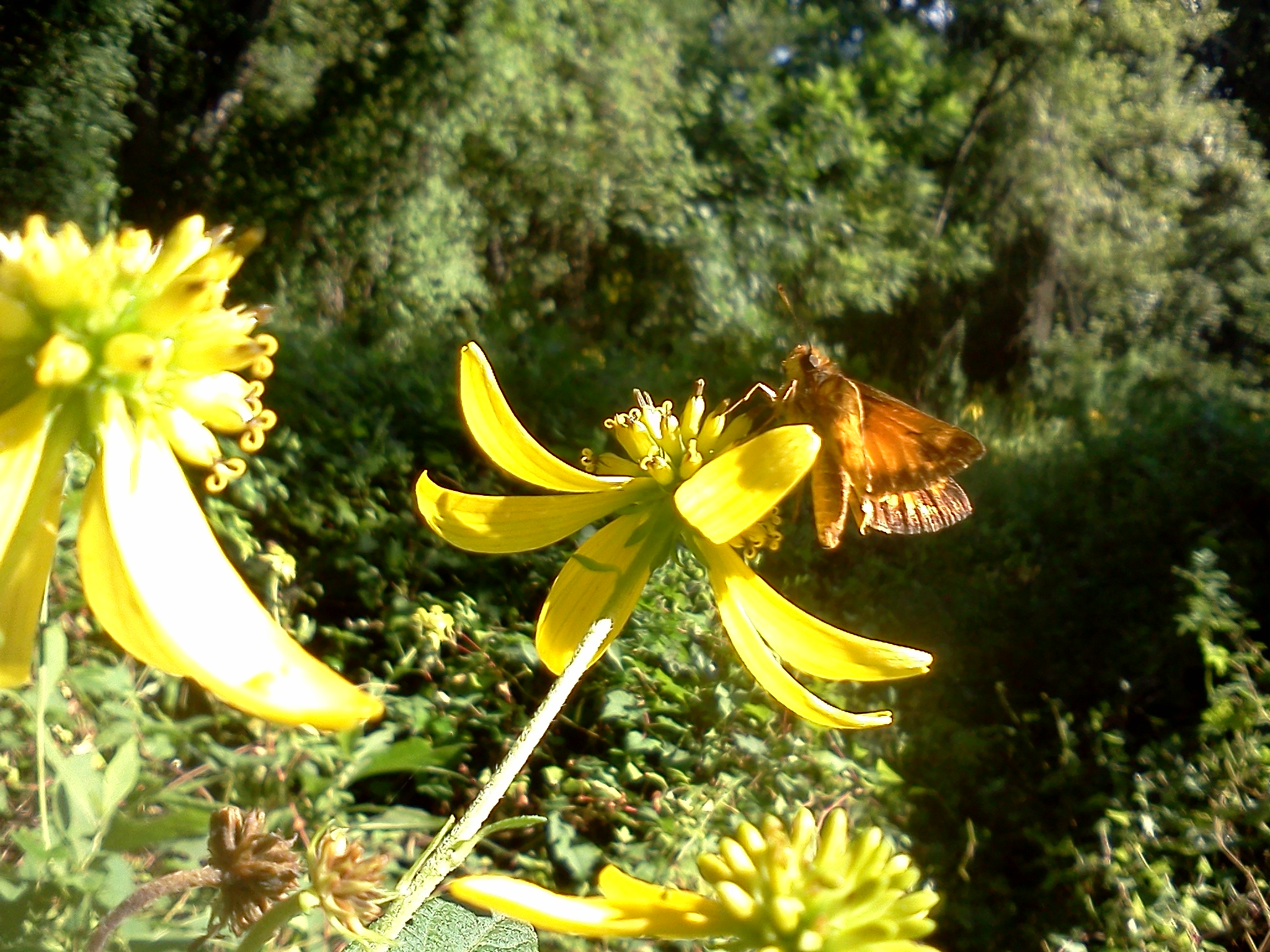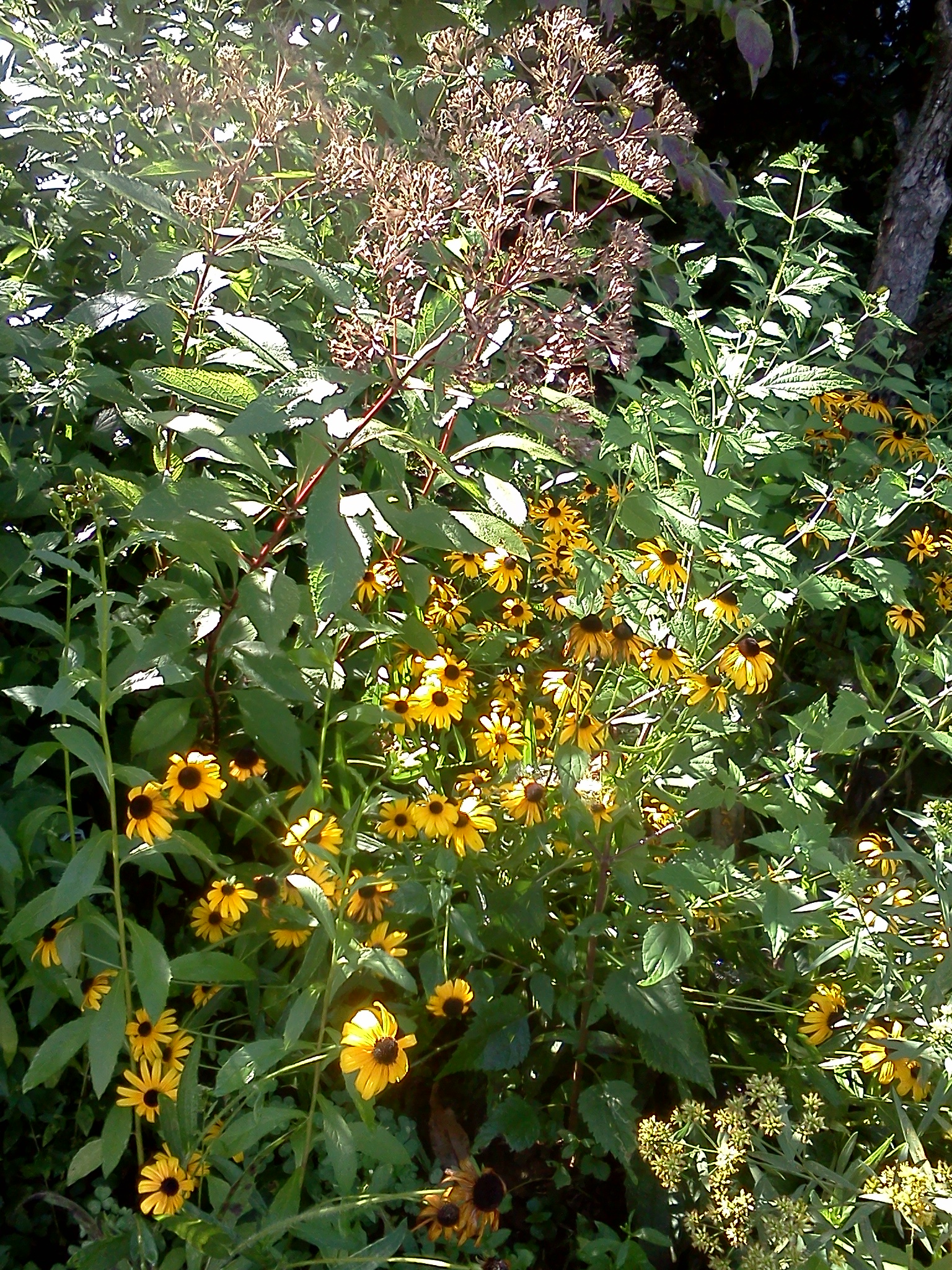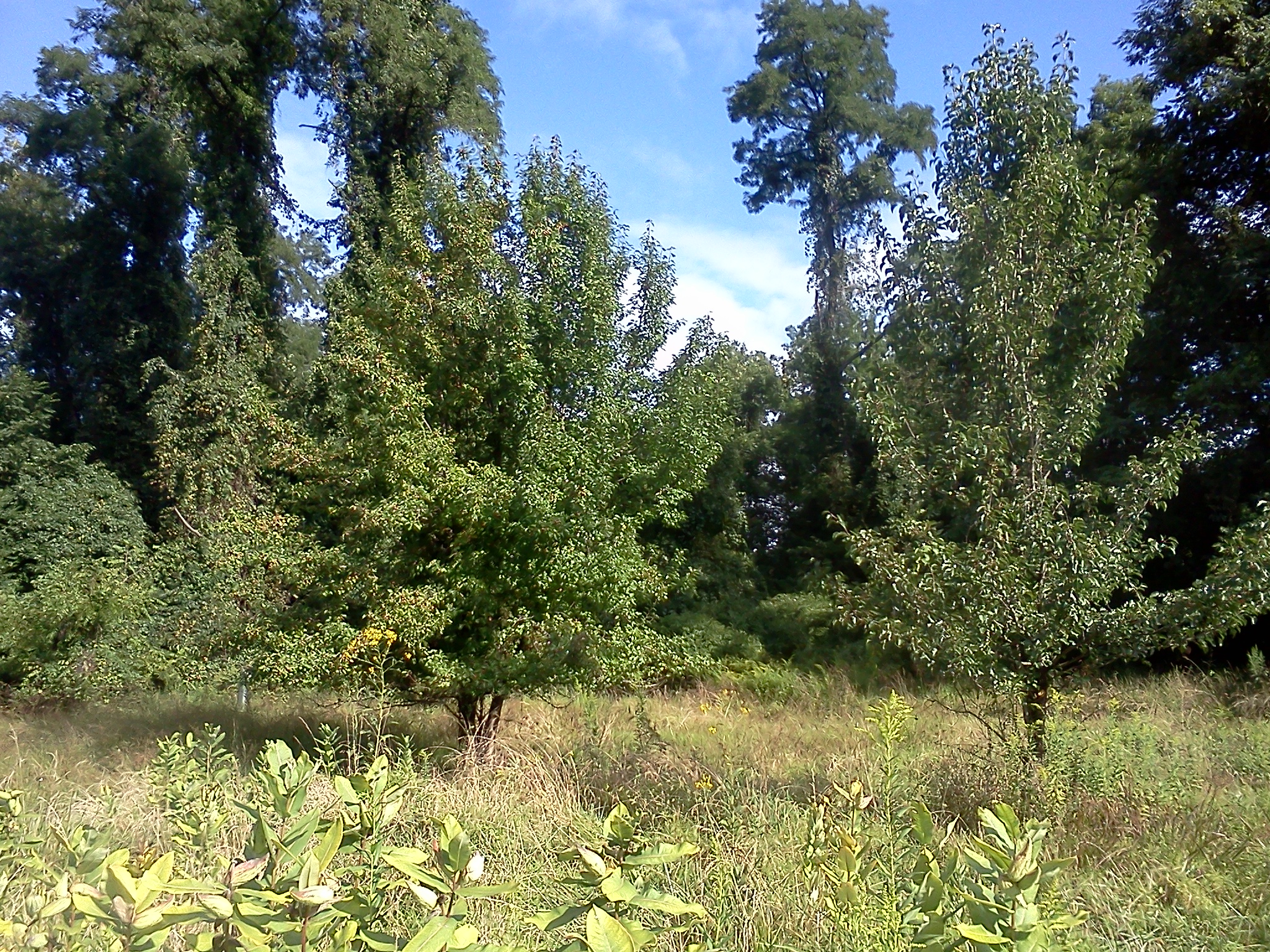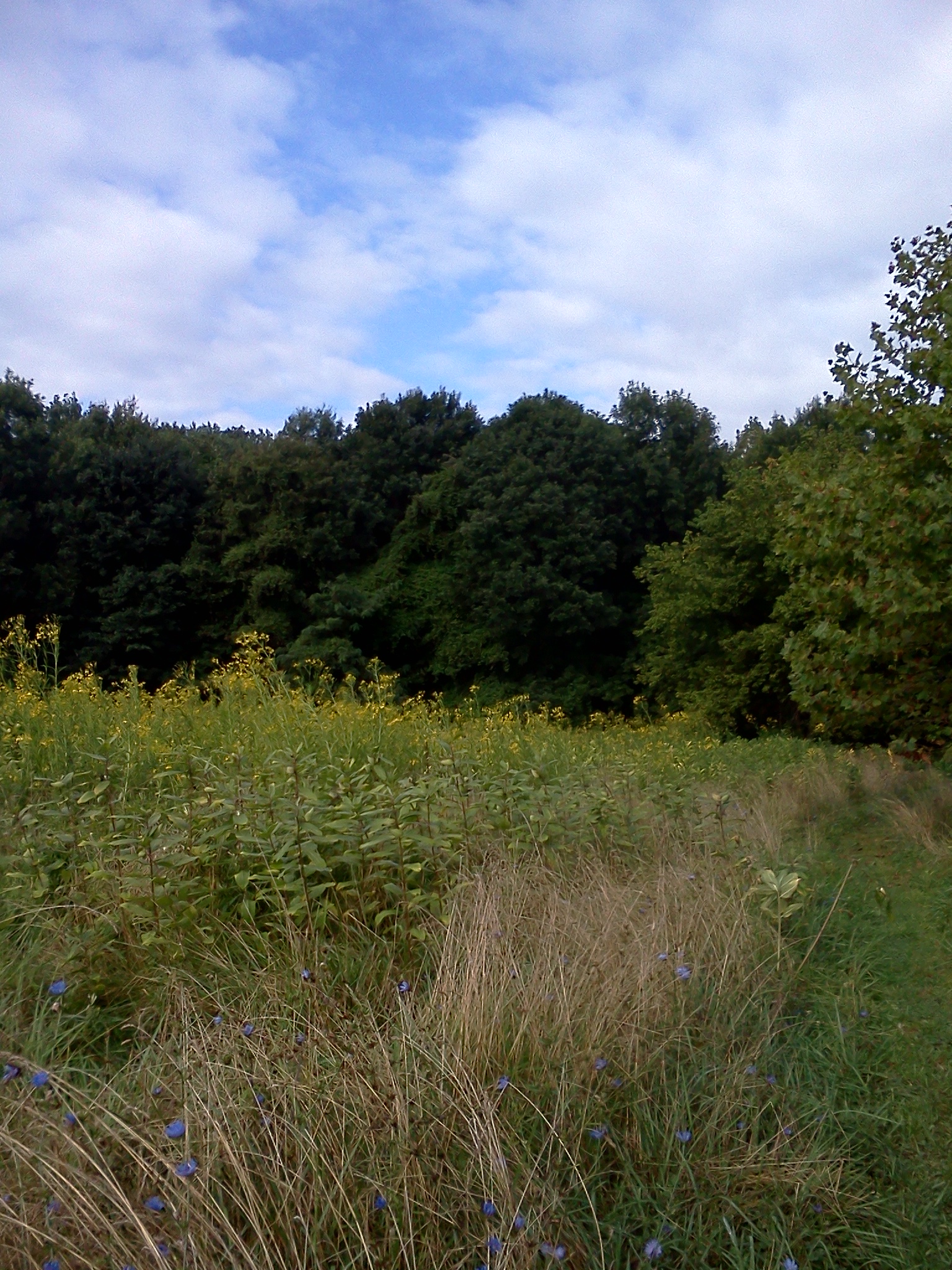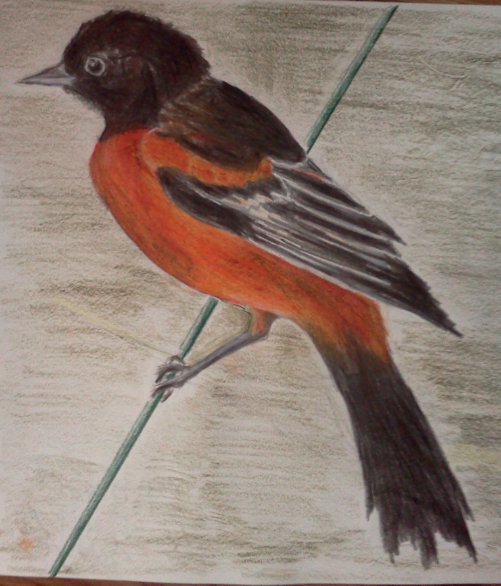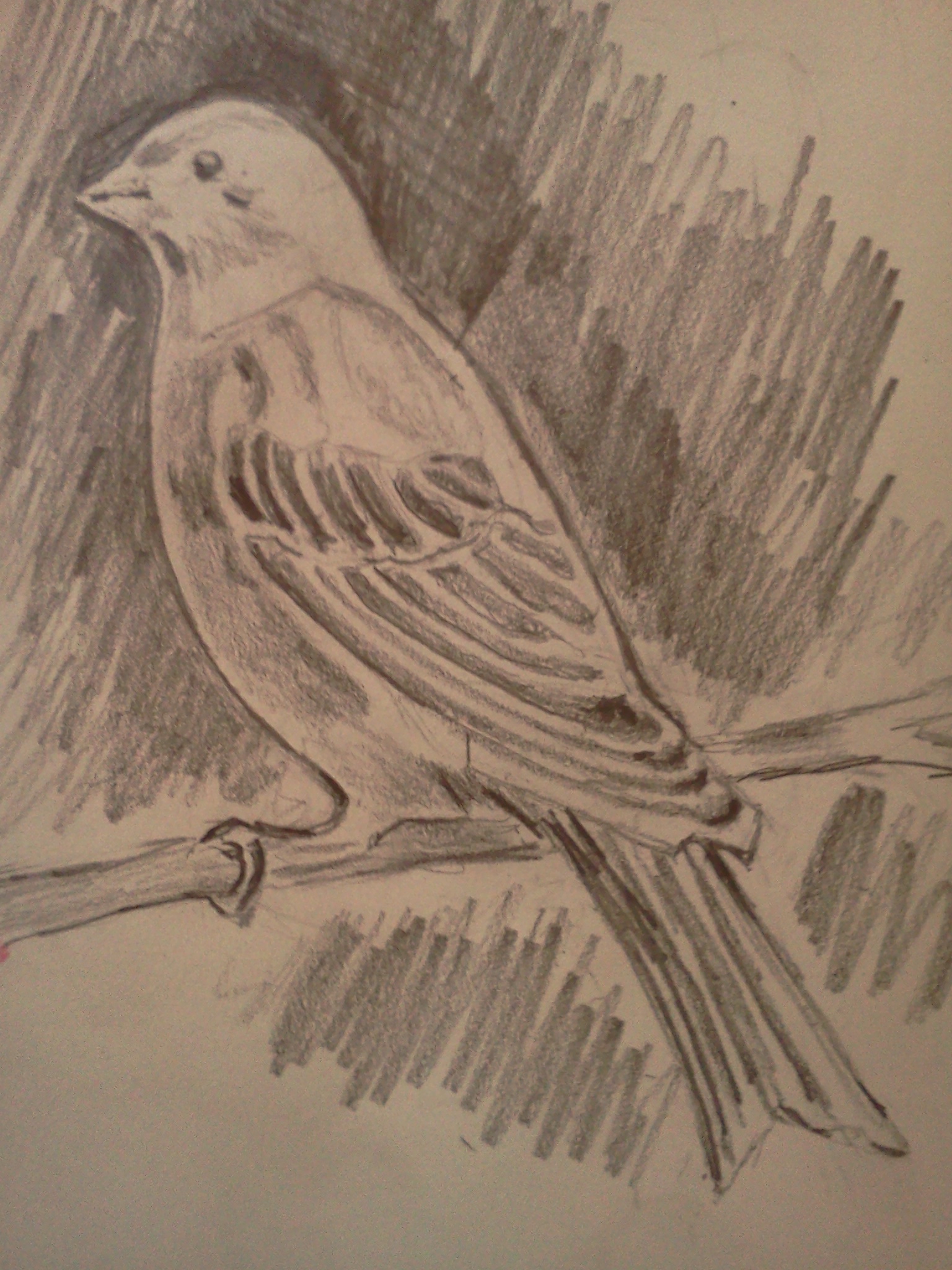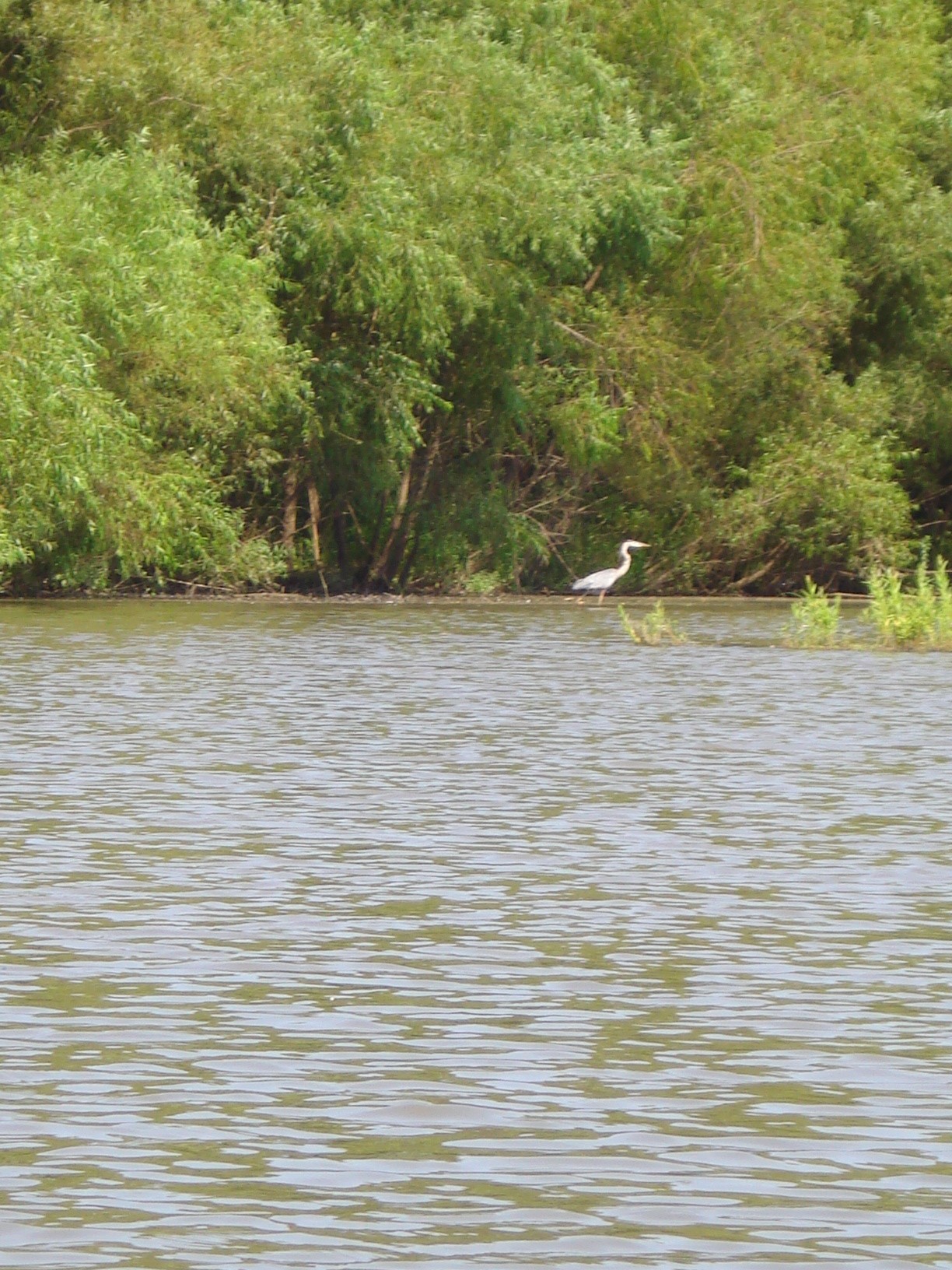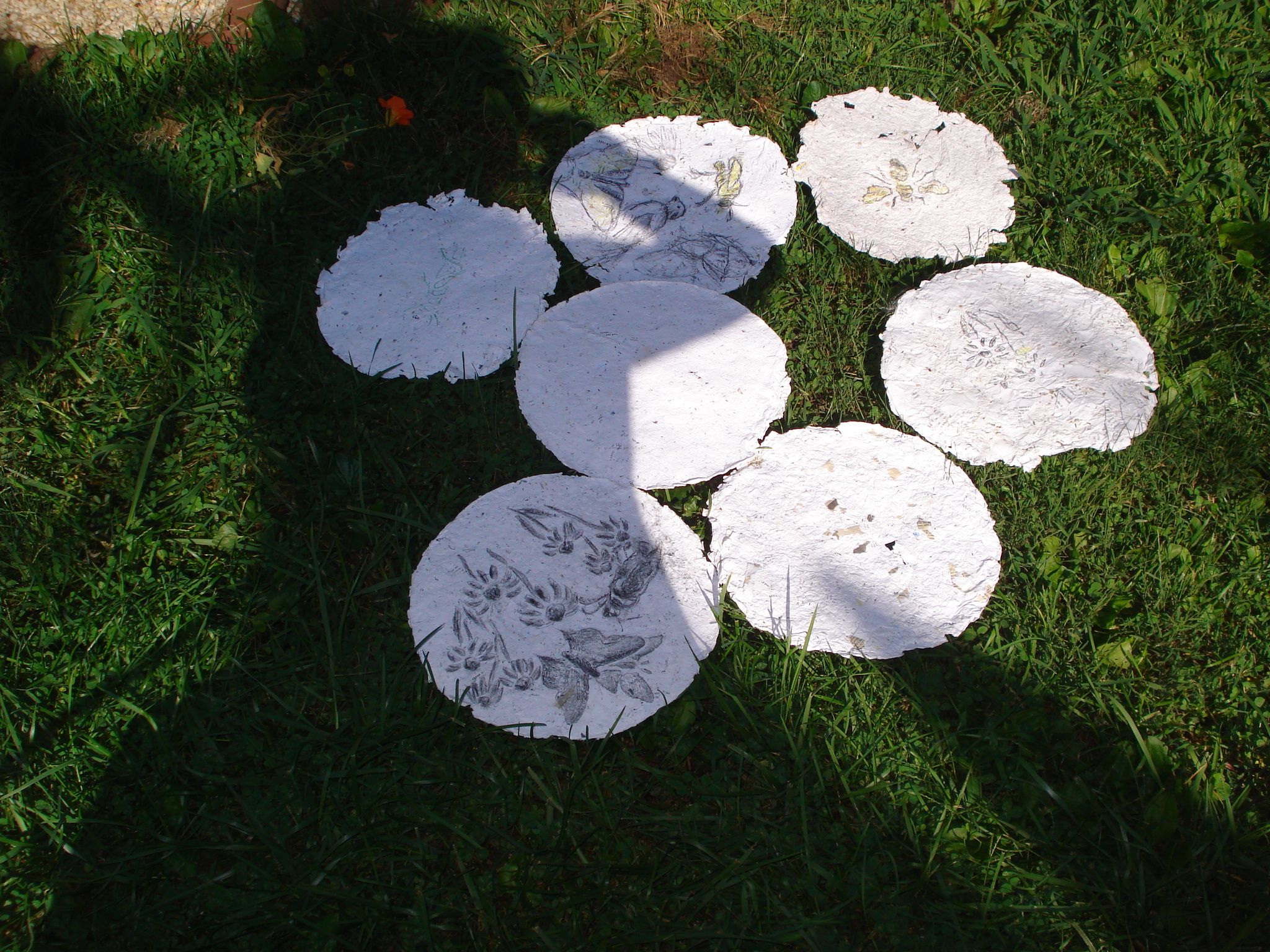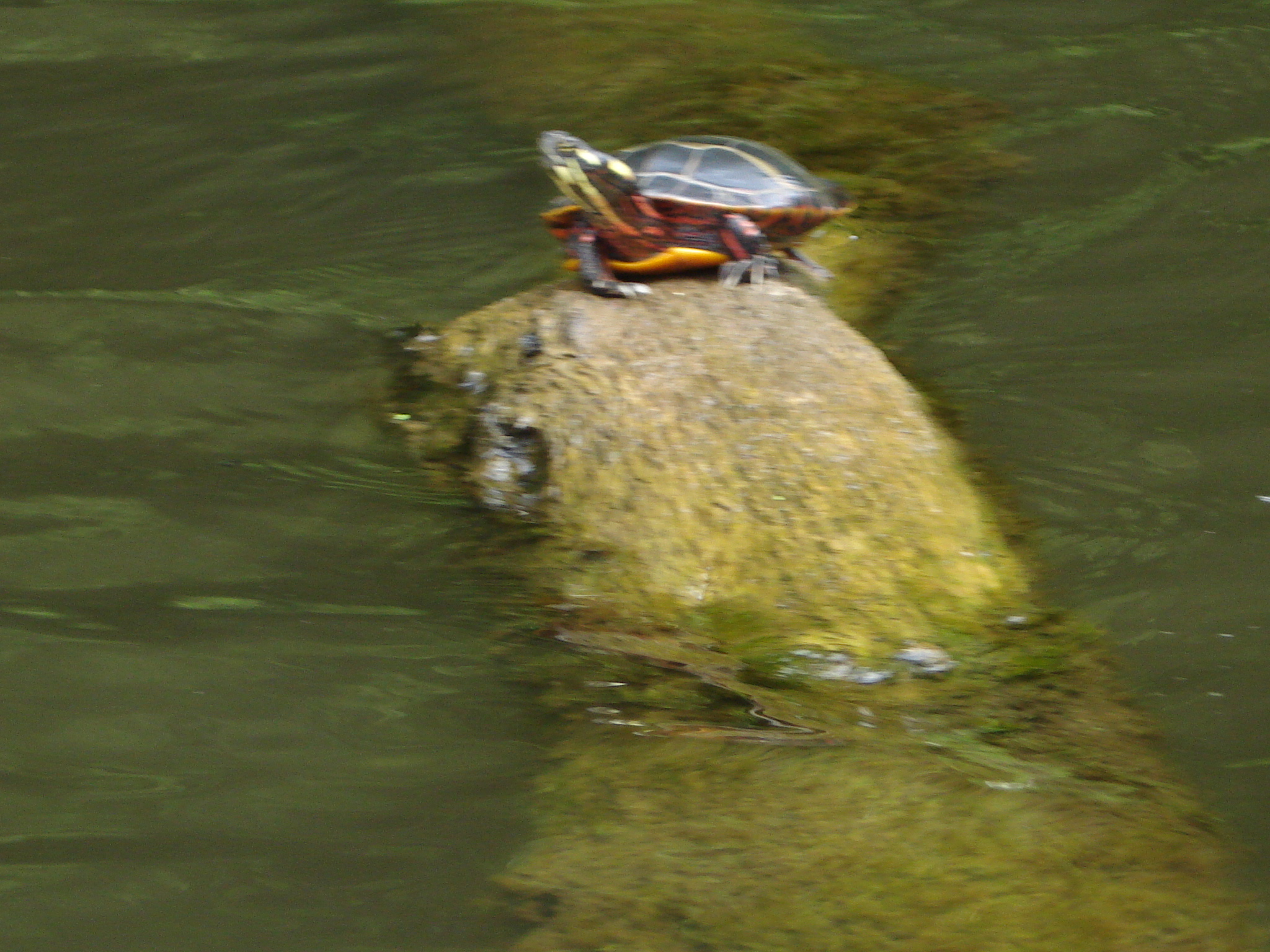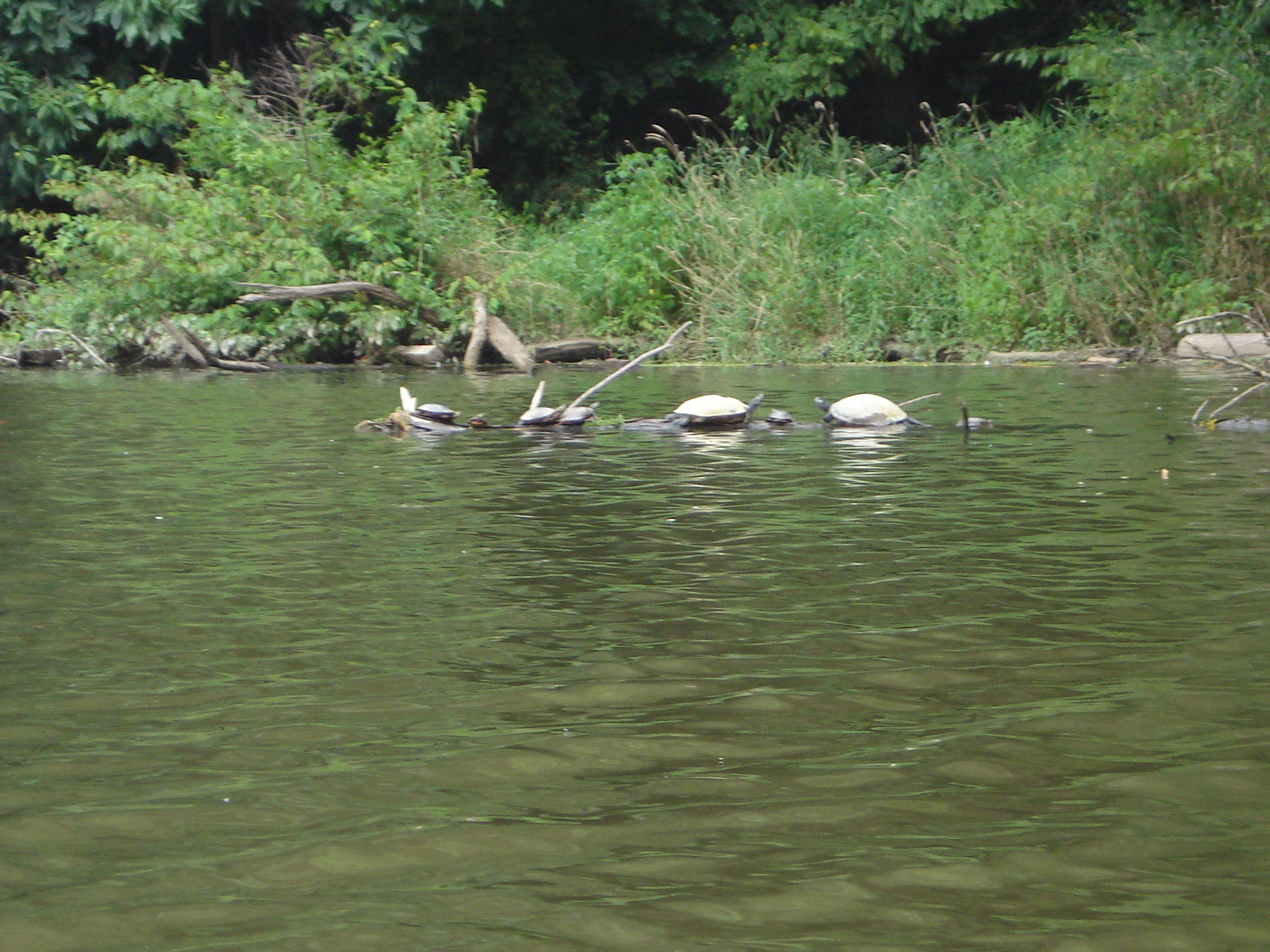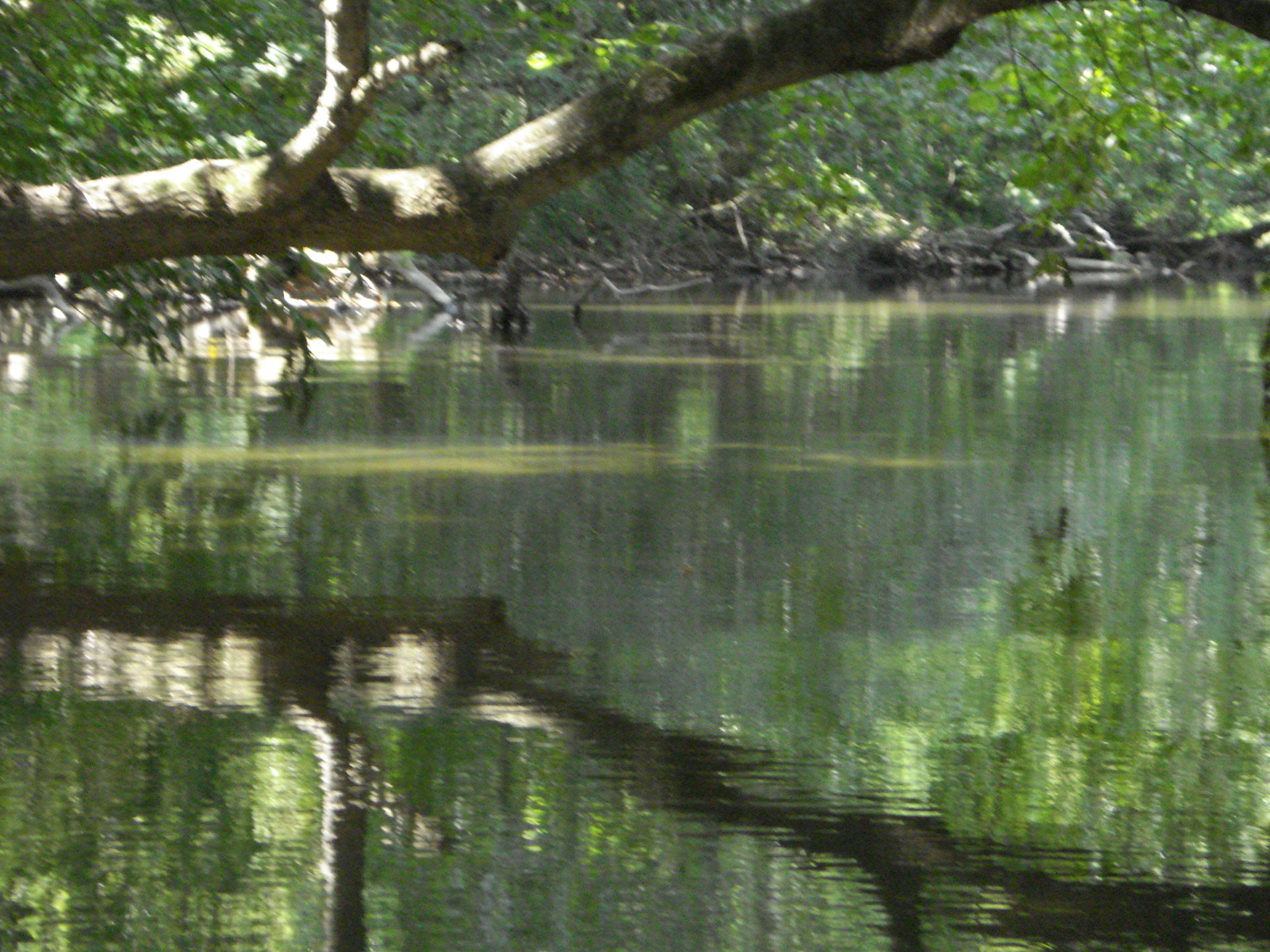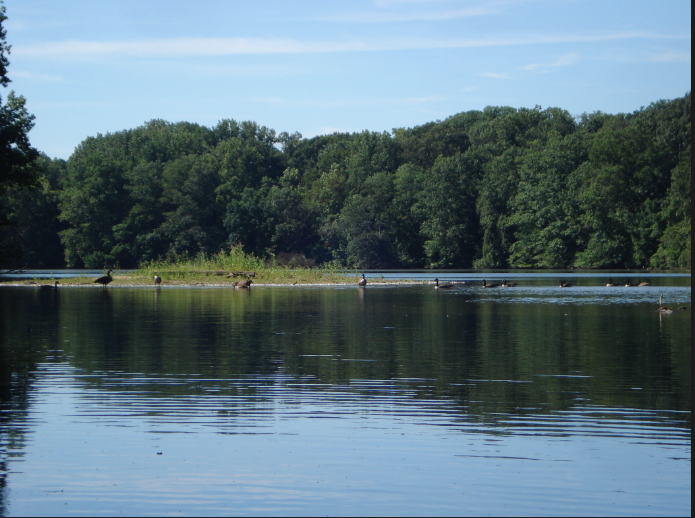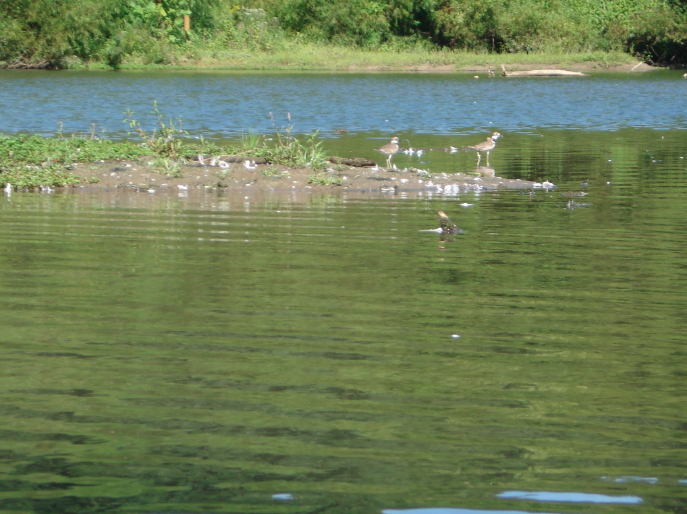Native Seed Paper Discs: Shaping/Drawing/Releasing
—–
Click HERE for a video description of “Disappearing Drawings”.
—–
Click HERE to see my new eco-business Echotopia LLC which takes this project in a new direction, enabling other inhabitants of the Chesapeake bioregion to plant my seed paper discs, to participate in biodiversity building with me, one micro habitat at a time. Echotopia LLC is an evolution of “Disappearing Drawings”, and is a longer term artistic, ecological and economic experiment.
—–
Sculpted, sketched, launched from ten finger tips,
My old paper nature drawings de-compose and re-begin
The things themselves, not just pictures:
Rising from the soil
Oh! pretty objects seen, yes
Then, breathing on their own
They no longer need human eyes.
Living dying living living
Spiraling out and out and out.
Meet my three dimensional
Extending family
Biodiversity’s botanical babies
Back to when I was not here
Forward too.
A humble micro remix:
Patient, adaptive, stubborn
Interdependent, ingenious
Aesthetic eye and body delighting
Blueprints of local living systems.
A flipped script
An antidote
Damned good tale, magical children’s story
Embedded seeds as little leaders, hidden heroes
Quiet smiling teachers, all, sprinkling what’s known.
Wiser power, smarter ritual
Than hu mans crafting
Again upon again and again
Death paths to cover us all:
Leaking, exploding, dusty, spilling: coal, fracked gas and crude oil
On trains, on roads
Out of pipes, rigs, tankers, boats.
Vessels that could, instead, move and cup life.
—–
—–
I’ve been thinking lately about the ubiquity and comforting quality of circular, curved forms.
Life cycles are also on my mind. And I have seen that all living forms -including terribly messy humans – are pollinator and indicator species.
Perhaps it would be prudent if we humans begin to participate in the creation of everyone’s food, life’s nectar. After all, other animals and plants do this, and it’s what we all need.
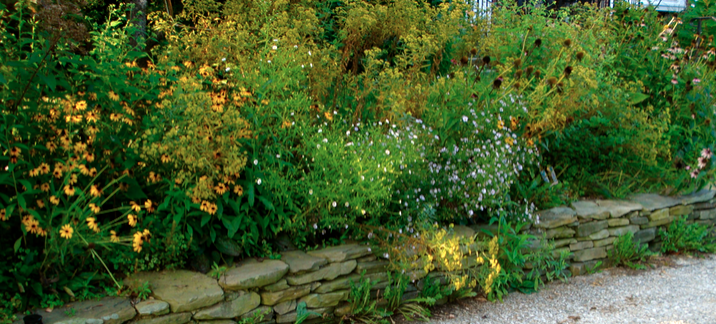 A minuscule urban garden can produce millions of seeds in one fleeting season! Last fall, I couldn’t resist gathering bags and bags of seeds from my pocket paradise, my mini meadow. Eventually, I dreamed up a new idea.
A minuscule urban garden can produce millions of seeds in one fleeting season! Last fall, I couldn’t resist gathering bags and bags of seeds from my pocket paradise, my mini meadow. Eventually, I dreamed up a new idea.
Disappearing Drawings, my new long term project, involves: upcycling old paper into new paper pulp, mixing native perennial flower seeds from my garden into the wet pulp, drying the papers as 13″ diameter rounded forms, drawing on them each, then conducting ritual releasings of my discs in nearby locales in order to promote biodiversity. Thus multiple nature pathways or aisles are constructed.
Disappearing Drawings is a deliberate antidote to the growth of fossil fuel corridors everywhere we look, so it seems. It is also about learning from Nature’s stubborn genius: trying out, then growing accustomed to, pleasantly impactful human behaviors that support all life.
Above are two early prototypes. Below is a close up of another early prototype disc.
Along with hints of plants, live-beings-to-come and seeds, familiar words from documents of our past lives are often visible on the newly formed paper.
Methodically hand tearing paper – alone or with others – slows time’s precious passage. Upcycling used paper is more respectful to trees than recycling, and the act of tearing old paper and reconstructing it with native perennial seeds and friends – for a new purpose – symbolizes a merging of our private past and shared future.  I release my Disappearing Drawings where their chances of transformation, then growth, as living forms are greatest and most needed. This can mean planting them, placing them into a body of water, or tearing them up and letting the wind decide where the seeds will land.
I release my Disappearing Drawings where their chances of transformation, then growth, as living forms are greatest and most needed. This can mean planting them, placing them into a body of water, or tearing them up and letting the wind decide where the seeds will land.
I sometimes release the dics near human food gardens for reciprocity or mutual benefit. Some seeds require stratification for germination, and this delay and temperature change need is taken into account. I benefit from the wise counsel of a Frostburg State University ethnobotany student, Irvine Science Center, Maryland Native Plant Society and Blue Water Baltimore.
Already a steep, constant learning curve, unpredictability, improvisation, and surprises are features of this project.
Some native flowering plants – such as Common or Swamp Milkweed, Bee Balm, Joe Pie Weed, Goldenrod, Aster and Butterfly Weed – host or attract the greatest number and variety of pollinators such as moths, butterflies and bees through the seasons. Bees, Butterflies and Moths are increasingly threatened , yet we depend on them for our food. These will become my focus. Seeds that would be destroyed in paper will be released alongside the discs.
After I release my art discs, the actual things, not merely drawings of them, eventually appear nearby, and will reappear nearby again and again on their own.
—–
In August 2014, I released Grasshopper/Cone Flower Discs. The below photos show the releasing near a derelict British Petroleum (BP) gas station toxic trash site.
Why Grasshopper? Because, for the first time since I planted my garden four years ago, I hear Grasshopper daily, hidden under my growing Cone Flower patch. Why BP? British Petroleum’s 2010 Deepwater Horizon Oil Spill was, and remains, a planetary disaster.
Grasshopper may indeed be more resilient than BP, in spite of BP’s long practice of deadly global fossil fuel profiteering, worst record of U.S. environmental destruction, and cynical greenwashing. A few weeks after my August 2014 releasing action, an $18 billion fine for BP’s gross negligence in the Deepwater Horizon Oil Spill was announced.
December 2014 update: BP – and other oil companies – are ‘restructuring’ and downsizing. Good people who work in fossil fuel companies have a right to clean energy jobs and training of which they can be proud.
It’s likely that Grasshopper will be around long after BP and other fossil fuel companies have gone.
This unusual method of reintroduction of Cone Flowers will encourage the arrival of more Cone Flowers, and then other and more varied local life forms, plant and animal, both large and small, hidden and seen. Each rounded paper drawing contains hundreds of seeds, taken from only a few flowers from last season (some I had started as seeds indoors!).
When new flowers lift up from the soil, Eastern Swallowtail Butterflies, Goldfinches and American Honey Bees will appear. No doubt, Grasshoppers will be heard, too.
Hungry predators tend to show up when good food is offered, and sometimes it can be shared amongst different species. 
—–
Or we humans 😉 can trade native flowers and edible plants from our gardens at walkable barter-only farmers markets.
Or a hungry predator can use our food to hide itself while it waits for its meal. 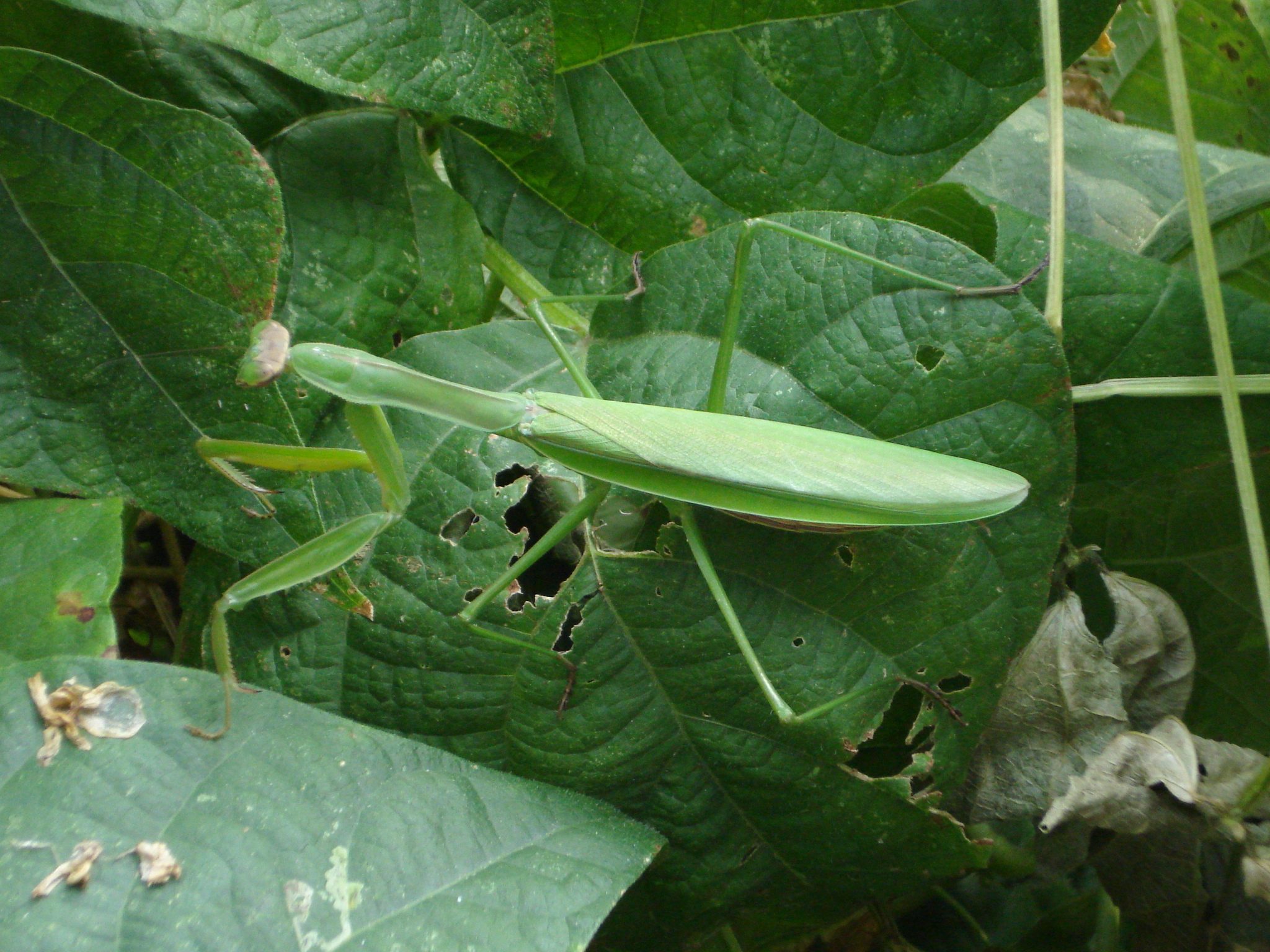
Or annual non-native flowers, planted primarily for human delight, become improvised autumn ‘way stations’ or ‘feeding points’ over and over again, for endangered Monarchs on their long, miraculous, journey south.
Or, in midwinter, when the mind struggles with the grayness of loss, an overgrown holly tree (ripe with berries) that leans against a nondescript human house, transforms – for the first time – into a place of loud, multi-day survival feasting for all. Over one hundred Robins, Cardinals, American Sparrows and Blackbirds eat away, so that when the snow comes in the following days, their bellies are full. Indoors, we humans conduct a similar ritual. Squeezed snugly around the dining room table – redefining family – we keep sharing surprisingly abundant food and loud conversation.
Below are close-up photos with one Robin:
Or, on a frigid February day, in the shadows of a dying industrial giant, Bethlehem Steel at Sparrows Point, where the Patapsco River meets the Chesapeake Bay, a female and male pair of bufflehead ducks swim and dive for food.
—–
Most everything is a remix, so I wasn’t surprised to learn that others make homemade seed paper, but not for such purposes as mine.
My project supports and increases biodiversity through humbly imitating the patient, unpredictable, adaptive, doggedly determined, interdependent, intelligent, and – above all – beautiful design processes of living systems.
—–
I envision local damaged places where deadly fossil fuel infrastructure – oil pipelines, tracks carrying coal trains, highways – transforms back:
to…?
Whether or not I get to witness such glad evolutions is not my concern.
—–
To re-ask Ellen Dissanayake’s question: What is art for?
Or, what tasks do our hands, hearts, and heads desire? Where do we need to be, and why? What material things should we construct, or possess?
Or, how to live out our idealistic, utopian visions? They are likely desperately needed to move us all forward towards a liveable future.
Or, given the urgency of our species extinction, climate change and pollution crisis, how will we defy pessimism, and showcase our collective right to be joyfully regenerative, as per Naomi Klein’s new book?
Or, how to be of use, as described by Poet Marge Piercy?
These are my pressing questions.
—–
—–
Disappearing Drawings takes inspiration from so much:
- Janine Beynus’ Biomimicry, from Cradle to Cradle, and from Vandana Shiva’s seed saving project Navdanya, and book Soil Not Oil , from Rebecca Solnit’s Hope in the Dark and Wanderlust: A History of Walking.
- Suzi Gablik’s Conversations Before the End of Time, The Reenchantment of Art and Dr. Seuss’s The Lorax are also present here.
- Then there are Leslie Marmon Silko’s books Gardens in the Dunes, and Turquoise Ledge in which she tells a gorgeous story about Grasshopper.
- I have repeatedly read Jean Giono’s book, The Man Who Planted Trees, and have seen the follow up stunning animated film by Frederic Back .
- I recall Wangari Maathai’s Green Belt Movement,Barbara Clooney’s Miss Rumphius, and Rebecca Solnit’s Hope in the Dark.
- There’s Slavoj Zizek’s In Defense of Lost Causes and a new favorite When Women Were Birds: 54 Variations on Voice, by Terry Tempest Williams.
- George Monbiot’s For More Wonder, ReWild the World is very much worth watching.
- As for effectively challenging worn-out and nonproductive notions about gender, transformation, and power, I think about the movie Shakespeare in Love, and the conversation-generating new book The Secret History of Wonder Woman. We still have so far to go.
—–
Once launched, and repeated seasonally, Disappearing Drawings will replicate itself innumerably and unpredictably over the years with the help of plants, creatures, soil, air, water and our shared Sun, thus demonstrating Nature’s magnificent resilience, as well as her ability to cleanse, forgive, heal and ignore people’s sad foolishness.
As Nature keeps reminding us, the only constant in the life-death-life dance is change. And yes, it’s all cyclical, circular. We humans ought to learn to use our great power responsibly, and bring our full-bodied wisdom into this big beautiful story.
—–
We are witnessing the return of Great Blue Herons, White Egrets, Brown Pelicans, and Bald Eagles, along with their meals: increasing numbers of some fresh and salt water fish. These birds were believed to be dwindling or long gone due to human-induced toxins, hunting or loss of habitat. And, off the coast, up and down the Atlantic, there’s now increased hope for our planet’s largest migratory mammals. The Atlantic Right Whale, the Humpback Whale and other whales are on the rebound after centuries of overfishing and hunting. Due to climate change, we are also witnessing the appearance of plant and animal species in locales where they have not been seen before by humans; that is a subject for another day.
—–
Throughout the country, however, we are burdened anew with accellerating human-caused climate change, and the insanity of deeper wounds and longer-term scarring from increasing fossil fuels extraction, transport and burning. Deadly gas drilling accidents in Pennsylvania , for instance, have skyrocketed in recent years, with terrible consequences to living systems that transcend state and regional borders. Protection and recovery of precious life forms – upon which we all depend – may become an even greater challenge.
Disappearing Drawings is a psychological and physical expanding native habitat corridor, or living greenway flipped script to terrible fossil fuel pathways: exploding, leaking and spilling gas, oil & coal on trains and boats, tar sands-related disasters, fracked gas infrastructure and pipelines, and widening roads for cars and trucks.
—–
—–
If art, the unpredictable expansion of life’s sacred chain, and reducing fossil fuel’s deadly paths seems to be an unlikely trio of topics, consider that Canadian artist Peter von Tiesenhausen is successfully using his art to stop an oil company from putting a pipeline through his property.
—–
—–
Gratitude to fellow inhabitants in my river valley which flows into the Patapsco River, then the Chesapeake Bay, finally into the Atlantic Ocean. I know you’re still here with me in or near my tiny garden, or in an unexpected sanctuary less than two miles from where I lay my head to sleep each night.I am blessed to encounter you each.
—–
Beaver, Great Egret, Kingfisher, Cormorant, Snapping Turtle, Goldfinch, Green Heron, Wood Duck, Mallard, Leopard Frog, Eastern American Toad, Red Tailed Hawk, Groundhog, Mourning Cloak Butterfly, Chipmunk, Barred Owl, Red-Winged Blackbird, Eastern Ribbon Snake, Red Bellied Woodpecker, Bat, Eastern Swallowtail Butterfly, Virginia Possum, Black-crowned Night Heron, Damselfly, Eastern Cottontail Rabbit, Raccoon, Red Fox, Bald Eagle, Great Blue Heron, Ruby Throated Hummingbird, American Robin, Dragonfly, Large Mouth Bass, Blue Jay, Cardinal, Eastern Painted Turtle, Brook Trout, Bufflehead, Box Turtle, Channel Catfish, Monarch Butterfly, Yellow-crowned Night Heron, American Tree Swallow, Rosey-sided Dace, Canada Goose, Spotted Sandpiper, Common Grackle, Baltimore Oriole, Grasshopper, Carolina Chickadee, Praying Mantis.
—–
Gratitude to three European book authors who experimented with unlikely word and image combinations – including their own ‘amateur’ photos or drawings – while writing about human folly and the possibility of a healing world: W. G. Sebald, Antoine de Saint-Exupery, and John Berger.
Gratitude to those who make the paper, draw or release with me, share idle conversation, dreams, expertise, imagination, memory, or utilize ideas from this project for their own new work:
- People whose roots here go back many, many years
- Platform’s Wandle Delta project & Dan Gretton’s long-term writing project on ‘Desk Killers’
- My Maine cousin Therese
- Promoters of clean energy and transport
- Elders and ancestors
- Energy Exports Action Camp
- Peace Studies majors Chelsea and Delaney
- White Rose Farm‘s visionary Sally Voris
- Griot Gwen Marable
- Workshop participants from up and down the coast (and El Salvador!)
- My beloved art student Dylan
- My plant-caregiving student O.
- My starved-for-trees student W.
- My MICA students
- My two goddaughters
- My boys
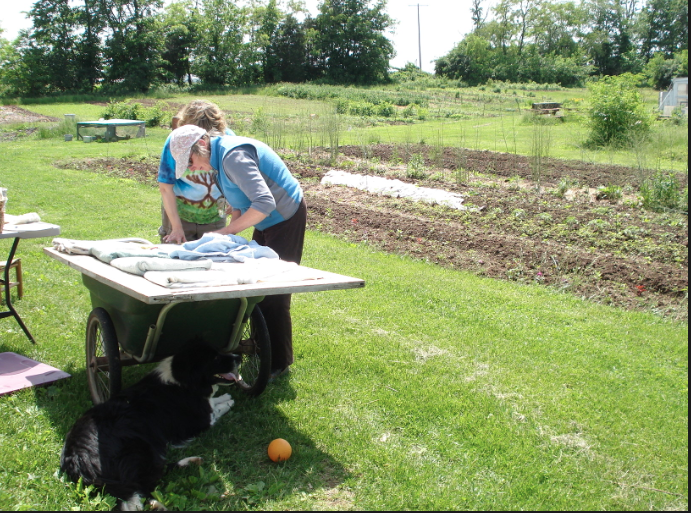
Disappearing Drawings is dedicated to two local sages, deliberate benign neglecters of small Eastern Woodlands gardens – my neighbor friends A. and G. As G. says, “Savor life.”


